While I love traveling by train, especially in Europe, some destinations are best explored by car. Driving gives you more freedom to stop in all the cute little towns and historic sites that might have limited public transportation connections. It also means you don’t have to worry so much about departure times or hauling your luggage around. I’ve been fortunate to take multiple road trips in Portugal, and this itinerary is the ultimate result. Here are my recommended stops if you want to spend two weeks in Portugal.
Lisbon > Óbidos > Nazaré > Alcobaça > Tomar > Coimbra > Douro Valley > Guimarães > Braga > Porto
This itinerary might seem ambitious for two weeks, but it has some downtime scheduled at several stops. Plus, driving in Portugal is not the least bit stressful. Roads are well maintained, signs are easy read, and traffic outside of the big cities is very manageable.
You won’t need a car in Lisbon or Porto, so plan to pick up your rental when you are leaving Lisbon and return it on your way into Porto. I found the airport to be the best place for both.
Lisbon – Days 1-3
Portugal’s beautiful capital offers a warm welcome, with its sunny climate, water views, and colorful tile-covered buildings. You’ll want at least three days in Lisbon to soak up its charms (and eat as many egg custard tarts as you can.)
On your first day, ride a tram up to the Castle of St George to enjoy the panorama before meandering through the charming Alfama neighborhood. Then pop by the Fado Museum and National Tile Museum to learn about unique aspects of Portuguese culture.
Spend day two in Belém, home to Lisbon’s UNESCO World Heritage sites and best egg tarts. While you’re in the neighborhood, swing by the National Coach Museum to gape at the gilded carriages of the former royal rulers.
Begin your third day in Lisbon in the haunting ruins of Carmo Convent. Take some time to stroll along the mosaic sidewalks of the historic center and admire the architecture. Enjoy some more egg tarts and try Portugal’s famed cherry brandy, ginjinha. End with a moving fado performance and delicious Portuguese meal.
Check out my detailed guide for more ideas on how to spend your three days in Lisbon.
Óbidos – Day 4
Drive an hour north from Lisbon and you’ll come to the charming town of Óbidos. Perched on a hill and fully surrounded by medieval walls, it’s a picture-perfect first stop. Narrow cobbled lanes lined with whitewashed buildings wind towards the well preserved castle. It’s not open to visitors, but you can climb the stone stairs to the parapet for views over the valley.
Take advantage of the free parking at the base of the castle, then spend several hours strolling through town before continuing to the next stop. There are ample shops filled with local art and souvenirs, and restaurants offering an al fresco lunch.
Nazaré – Day 5
Continue 35 minutes north to the beach town of Nazaré. A wide crescent of soft white sand hugs the deep blue Atlantic with a rocky cliff jutting out to one side. Nazaré is a famous big wave surfing spot and swells can reach 60 feet high during the stormy winter season, but the water is calm during the warmer months. There’s not so much to do here, but it’s a lovely place to chill out for a day and a half.
Ride the funicular up the cliff for a postcard view of Nazaré. Local women in traditional dress sell dried fruit and nuts from carts in the main square of the hilltop village. A large church stands opposite a small chapel, the interiors of both covered in blue-and-white tiles. Trek out to the red lighthouse where there’s a small surfing museum inside an old fortress.
I spent two nights at Hotel Mar Bravo and enjoyed watching the sunset from my ocean-facing balcony. For dinner, I highly recommend the seafood and sangria at Restaurante A Tasquinha. (Reservations needed during high season.)
Alcobaça and Tomar – Day 6
Day six takes us 112 kilometers north from Nazaré to Coimbra, but there will be two stops along the way so it’s best to get an early start.
First up is the UNESCO-listed Monastery of Alcobaça. Founded in the 12th century by the first king of Portugal, Alcobaça would become one of the largest and most important monasteries in the country. At one time, it was home to over 1,000 Cistercian monks.
Today, Alcobaça is best known for its royal tombs. The two most prominent are those of King Pedro I and his mistress, Inês de Castro. Pedro’s love affair with Inês began when he was a prince and she was lady-in-waiting to his wife. Pedro’s father, King Afonso IV, had Inês assassinated to prevent her family’s rise to power.
Pedro was devastated, and had Inês’ remains moved to Alcobaça after he succeeded his father as King of Portugal. (He also had her killers’ hearts ripped out during their public execution.) A decade later, Pedro was buried beside his beloved in the royal monastery.
From Alcobaça, drive about an hour east to Tomar. This pretty little town was founded in the 12th century by the Grand Master of the Knights Templar, the military order charged with protecting the region after Portugal’s reconquest of the Moors.
The knights built a castle on the highest hill to serve as their headquarters. Within the castle walls sits the Convent of Christ, another UNESCO World Heritage Site. The convent is recognized for its rotunda, which was modeled after the Church of the Holy Sepulchre in Jerusalem, and is one of only a few still standing in Europe.
End the day in Coimbra, which is an hour’s drive north of Tomar. I arrived in time for dinner and an evening walk through town. Following this itinerary, you’ll spend two nights and one day in Coimbra. I chose Hotel Oslo for its parking garage and rooftop bar, pictured below.
Coimbra – Day 7
Everything in this pretty city is centered around its historic university. Founded in the 13th century, the University of Coimbra is the oldest academic institution in Portugal. Several places on campus are open to tourists, including the great hall, tile-covered chapel, and stunning Baroque library.
You can visit the chemistry lab and the “cabinet of curiosities” featuring unusual artefacts collected from around the world. The university’s botanical garden and its great greenhouse are also worth a wander.
Another point of interest is the Old Cathedral of Coimbra. It dates to the mid-1100s and its Romanesque features remain largely intact. (Though some Renaissance flourishes were added in the 16th century.)
Douro Valley – Day 8
Now it’s time for a scenic drive to the Douro Valley, Portugal’s famous wine region. There are dozens of wineries to visit and tours to take, but I opted to visit just one place and spend the night for a more relaxing experience. The roads are very narrow and windy, and I wanted to spend as little time on them as possible. Though the scenery was spectacular!
I chose Quinta Nova de Nossa Senhora do Carmo for its highly-rated restaurant and swimming pool overlooking the vineyard. Quinta Nova offers wine tastings and tours of its cellar, but I skipped those in favor of a swim and glass of wine on the patio.
Terraçu´s Restaurant lived up to its reputation and I thoroughly enjoyed my three-course dinner with wine pairing. If you’re only spending one night in the Douro Valley, this is a nice place to do it.
The next morning, after a filling breakfast and hike around the estate, continue 140 kilometers northwest to Braga. This itinerary includes a stop in Guimarães along the way.
Guimarães – Day 9
A staff member at Quinta Nova told me that Guimarães was her favorite place in Portugal. As the birthplace of the country’s first king, Afonso I, it’s considered the cradle of Portuguese culture. Afonso was born in Guimarães Castle in 1109. The medieval castle still stands and is in remarkably good shape. Although it was closed during my visit, it’s possible to go up one of the watchtowers and walk around the top.
Next door, the Palace of the Dukes of Braganza is a must see. It was built in the 15th century and has been fully restored. On a self-guided tour you’ll pass through many rooms filled with tapestries, carpets, porcelain, paintings, and heavy wood furniture.
The historic town center is about a five minute walk from the palace. It’s recognized by UNESCO for its centuries of well-managed urban development, and was named a European Capital of Culture. The colorful architecture and narrow streets lend a mini-Porto feel.
From Guimarães, it’s a short 25-minute drive to Braga, where you will spend two nights and one day. I arrived in the late afternoon, with plenty of time to appreciate my hotel’s swimming pool. This is a vacation, after all!
Braga – Days 10-11
This city ended up being the biggest surprise of the trip. It’s the third largest in Portugal, after Lisbon and Porto, and also one of the oldest. Braga was founded by the Carthaginians in the third century BCE, then became a regional capital for the Roman Empire. By the Middle Ages, Braga had transformed into a center of Christianity and was an important pilgrimage stop on the Camino de Santiago.
The 11th century Braga Cathedral is the city’s crown jewel and the final resting place of the parents of Portugal’s first king. Upon entering, be sure to look up to admire the stunning woodwork of the organ and high choir.
Behind the cathedral and next to the Archbishop’s palace is the lovely Garden of Santa Barbara. Awash with colorful flowers, it’s easy to see why this is a favorite meeting spot for locals.
Another top Braga attraction is the Palácio do Raio. The facade and central staircase of this 18-century mansion are covered in beautiful blue-and-white tiles. Once the private residence of a wealthy merchant, the palace is now home to a small museum.
Get an early start the next morning to give yourself plenty of time at the Sanctuary of Bom Jesus do Monte before heading to Porto.
Sanctuary of Bom Jesus do Monte – Day 11
Perched high on a hill above Braga is the Sanctuary of Bom Jesus do Monte. It has been an important Christian pilgrimage site since its construction in the late 18th century. The most notable feature is the monumental staircase, climbed by thousands of pilgrims (on their knees!) on Pentecost. If you are unable to make it up the 577 steps, there is a funicular you can ride. Another option is to drive to the top and park in the large lot behind the sanctuary, which is what I did.
The impressive altarpiece inside the church was carved from a single piece of granite. A life-size diorama shows the crucifixion of Jesus complete with Roman soldiers dressed in armor. I’ve never seen anything like it!
Surrounding the sanctuary is a large park with hiking trails and a small lake. During the warmer months it’s possible to hire a rowboat and enjoy an ice cream by the water.
From the Sanctuary of Bom Jesus do Monte parking lot at the top of the hill, it’s less than an hour’s drive to Porto Airport, which is where I recommend returning your rental car. You’ll then head into Porto for the final leg of the trip.
Porto – Days 12-14
The country’s second largest city is a dazzling place to end your two weeks in Portugal. With its steep hills rising dramatically over the Douro River, colorful townhouses, and azulejo-covered churches, Porto is exceptionally scenic. It’s also home to dozens of historic port wine cellars and one of the most beautiful bookstores in the world.
If you’re planning to do any port tastings or tours of the cellars, your three days in Porto will need to be organized around the available timeslots. The same goes for Livraria Lello, which requires you to choose your entry time in advance.
In between those scheduled activities, there’s Clérigos Tower and its rooftop views of Porto, the Crystal Palace Gardens for nature walks and birdwatching, and centuries of art at the Soares dos Reis National Museum. Though of course one of the best things to do is to simply stroll along the river and enjoy a glass of Portuguese wine at one of the many quayside bars and restaurants.
Check out my detailed guide for more ideas on how to spend your time in Porto.
Are you ready to spend two weeks in Portugal?
Save this road trip itinerary for easy reference!
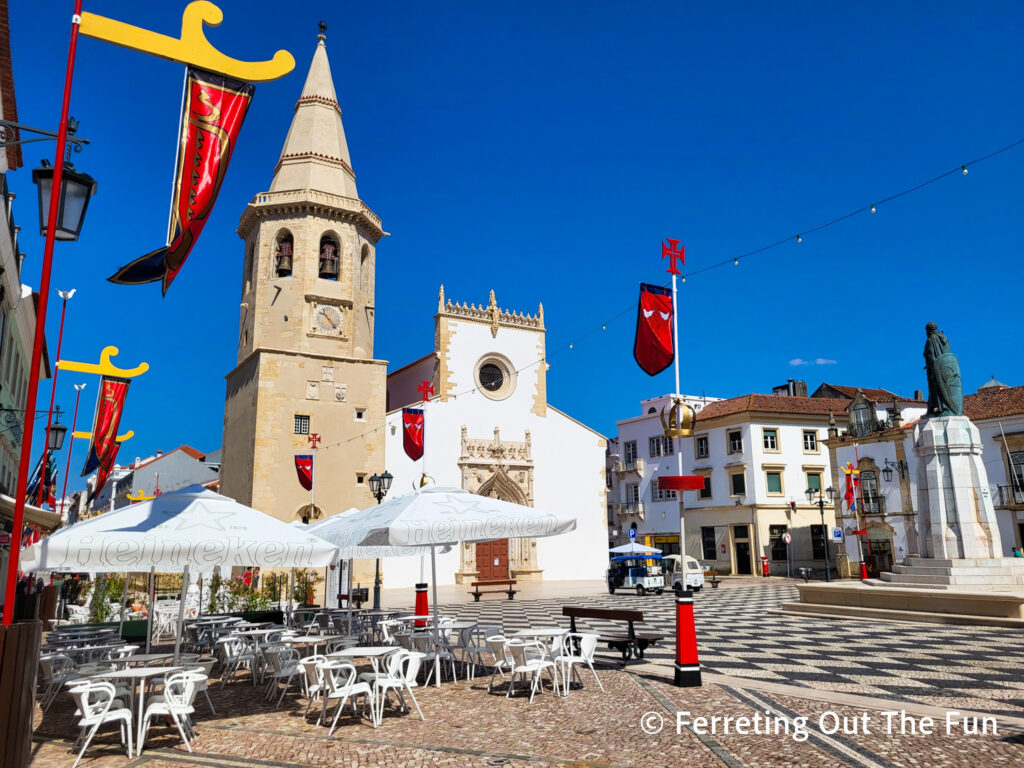
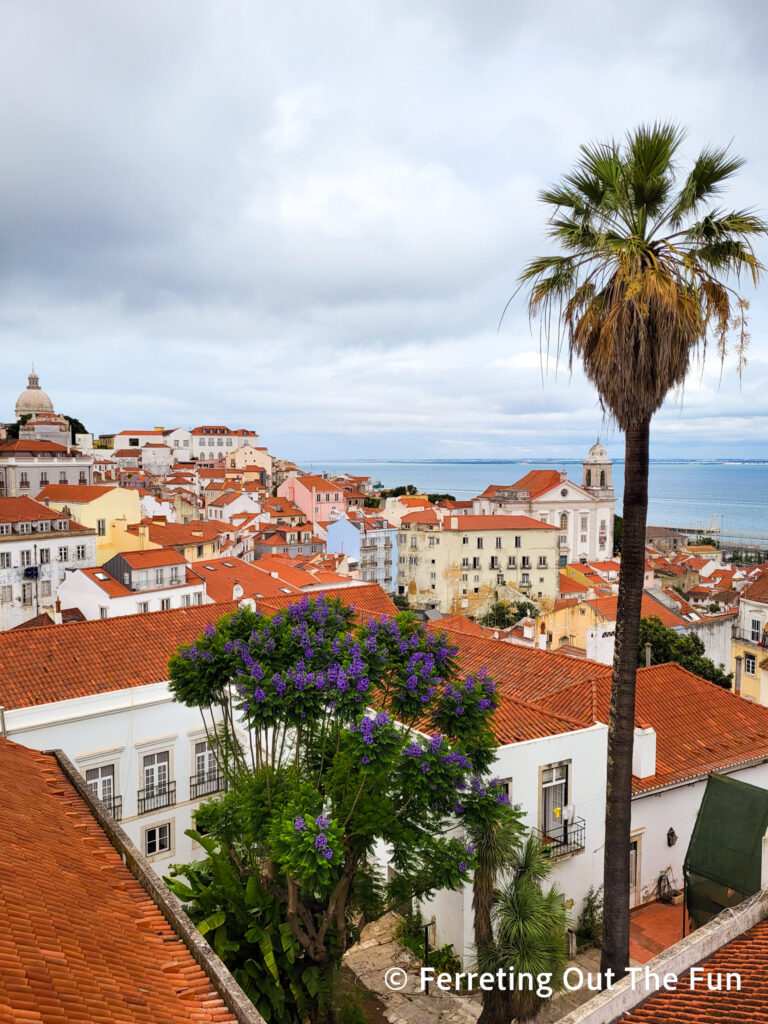
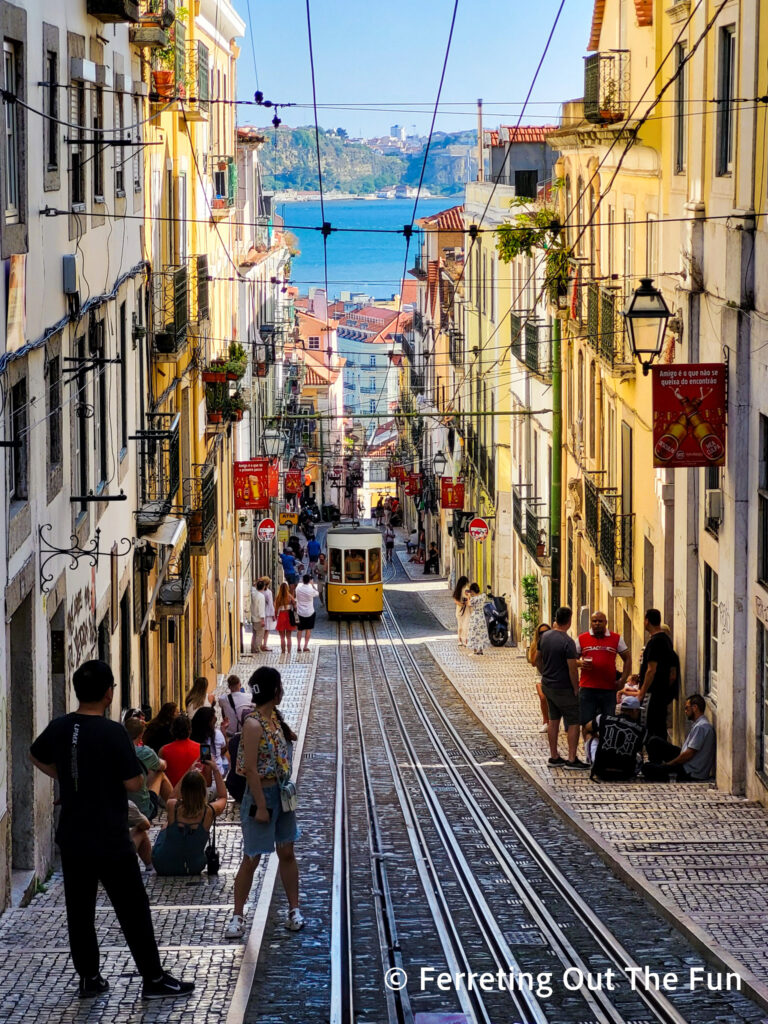
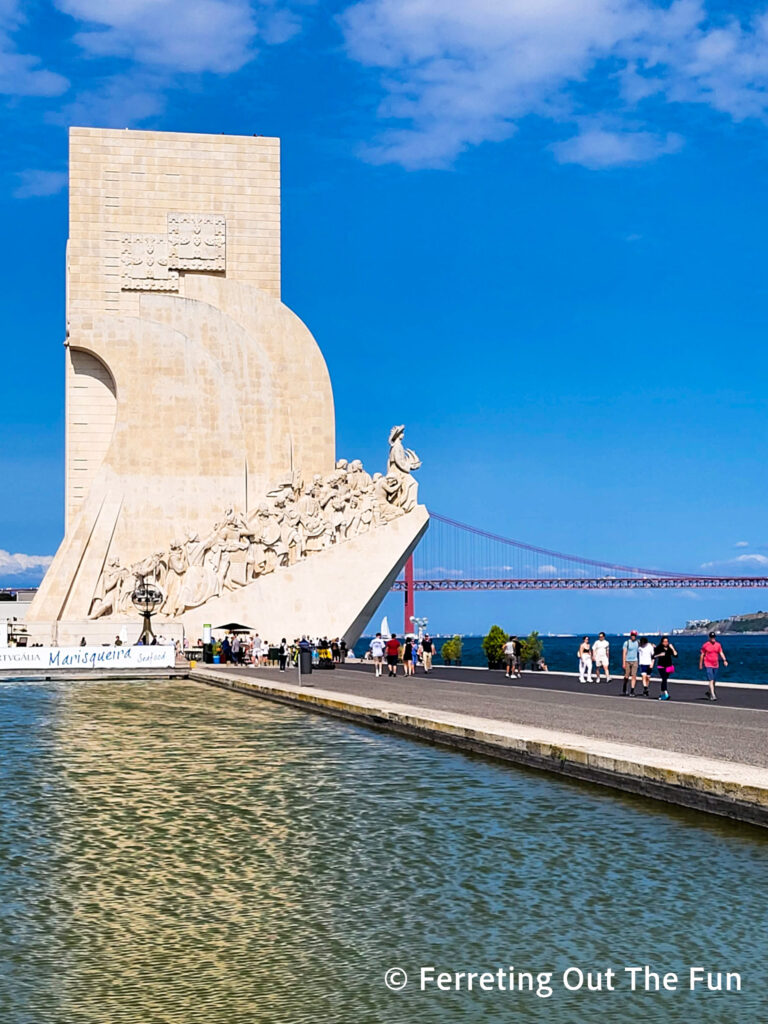

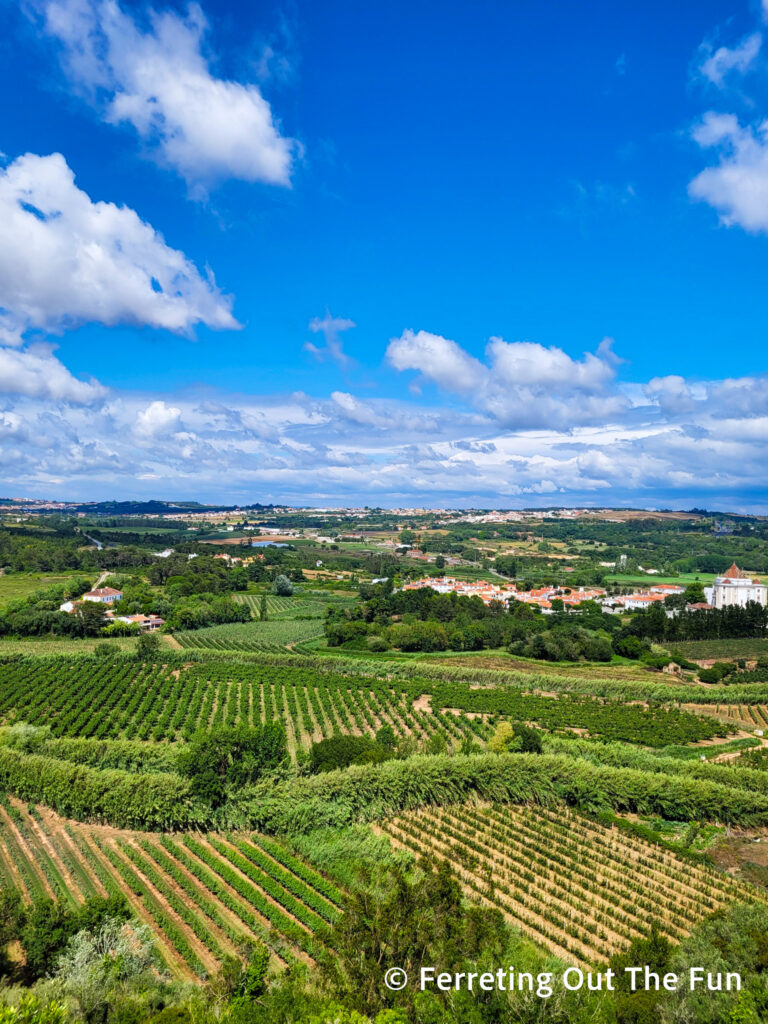
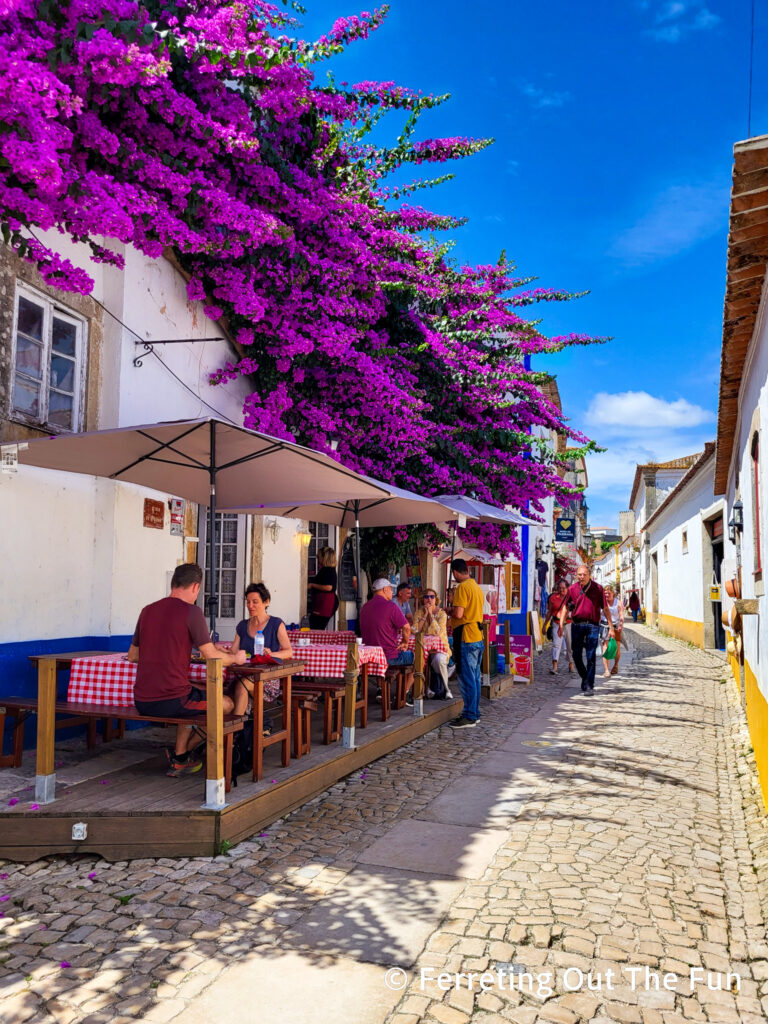
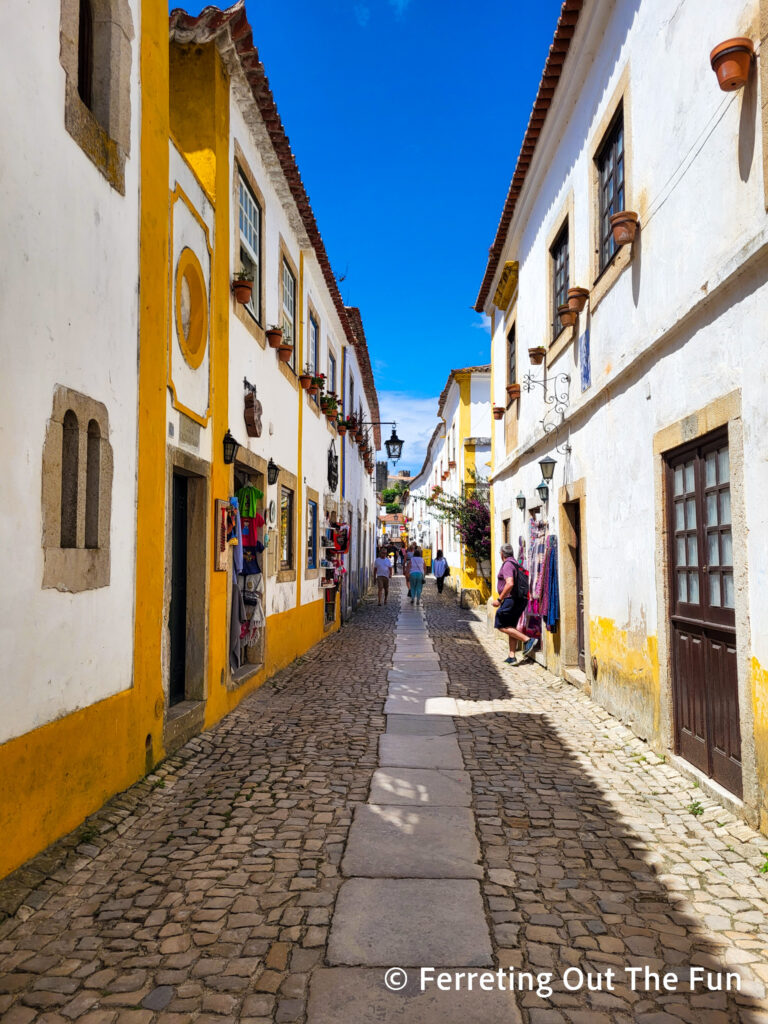
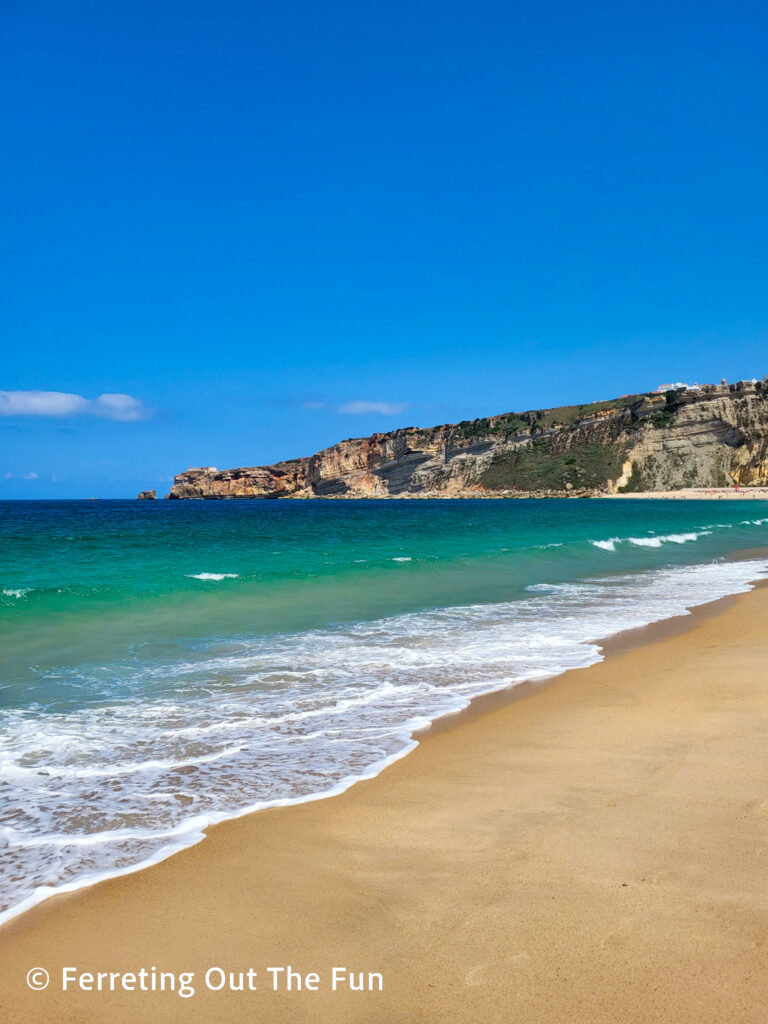
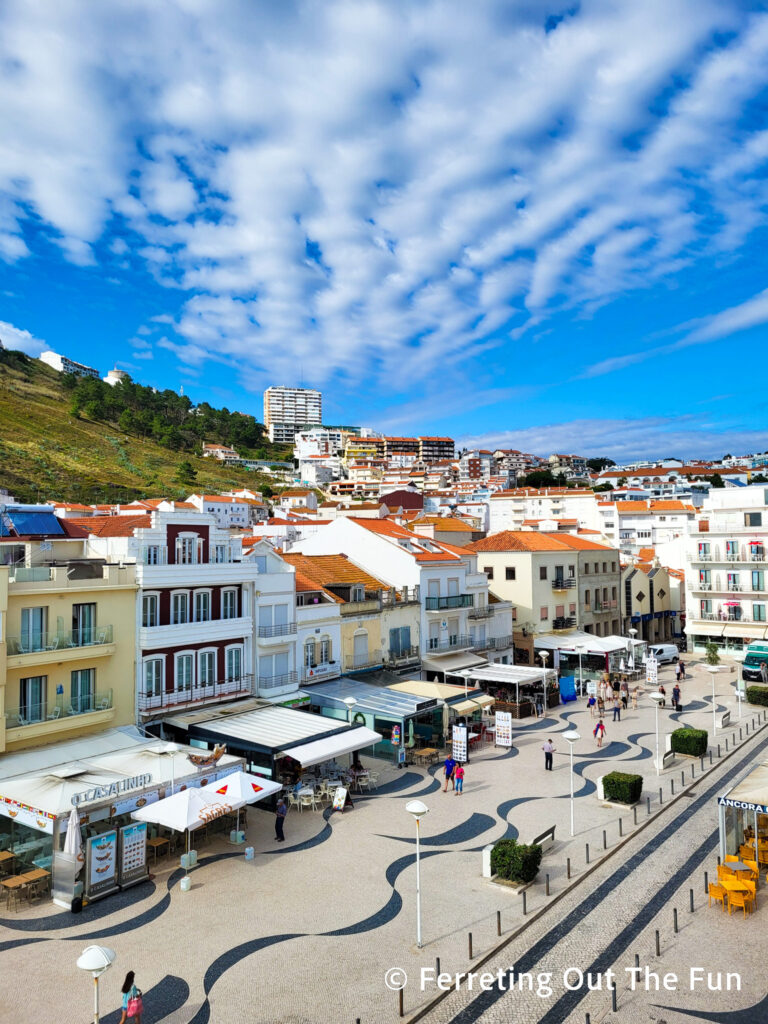

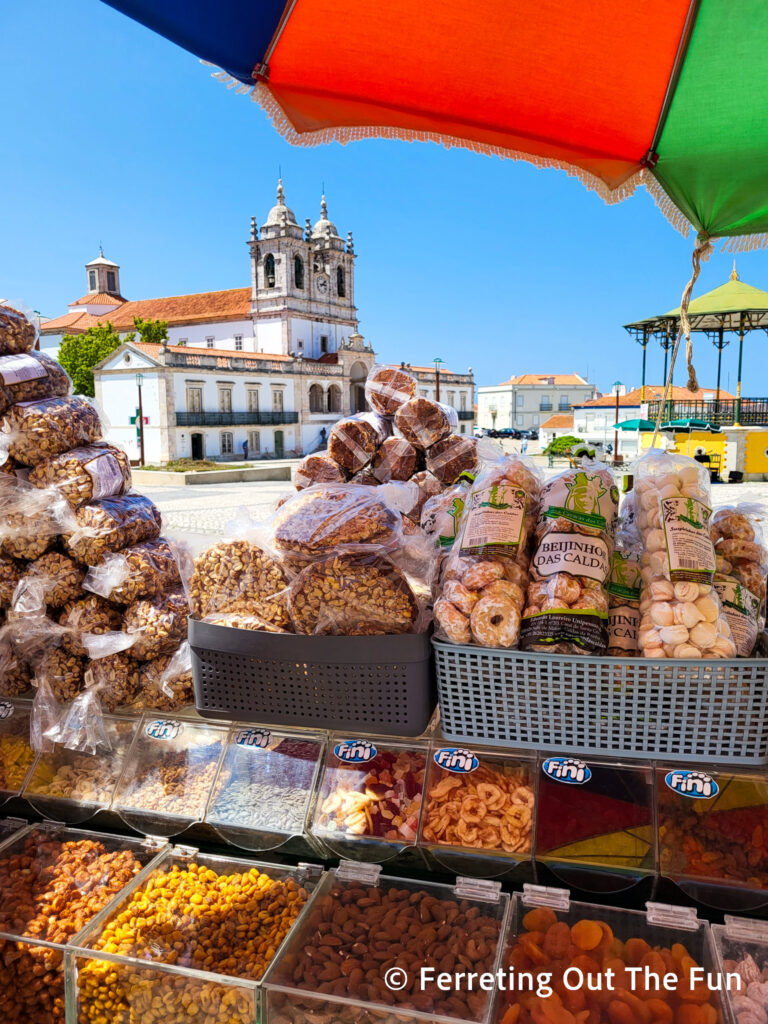

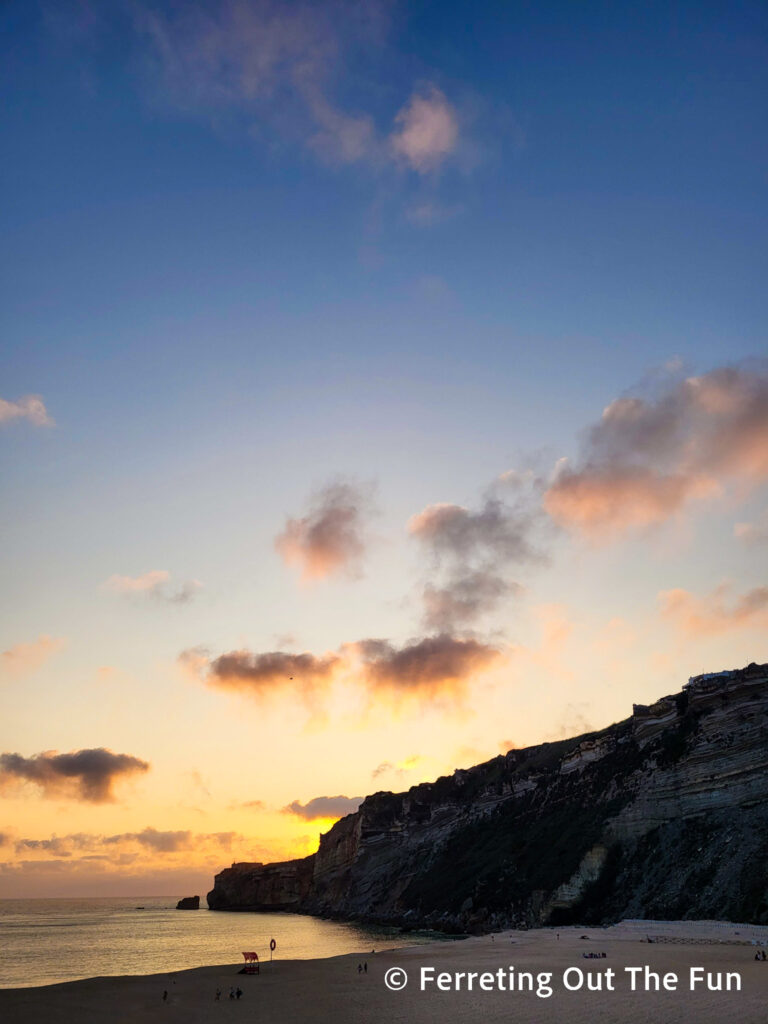
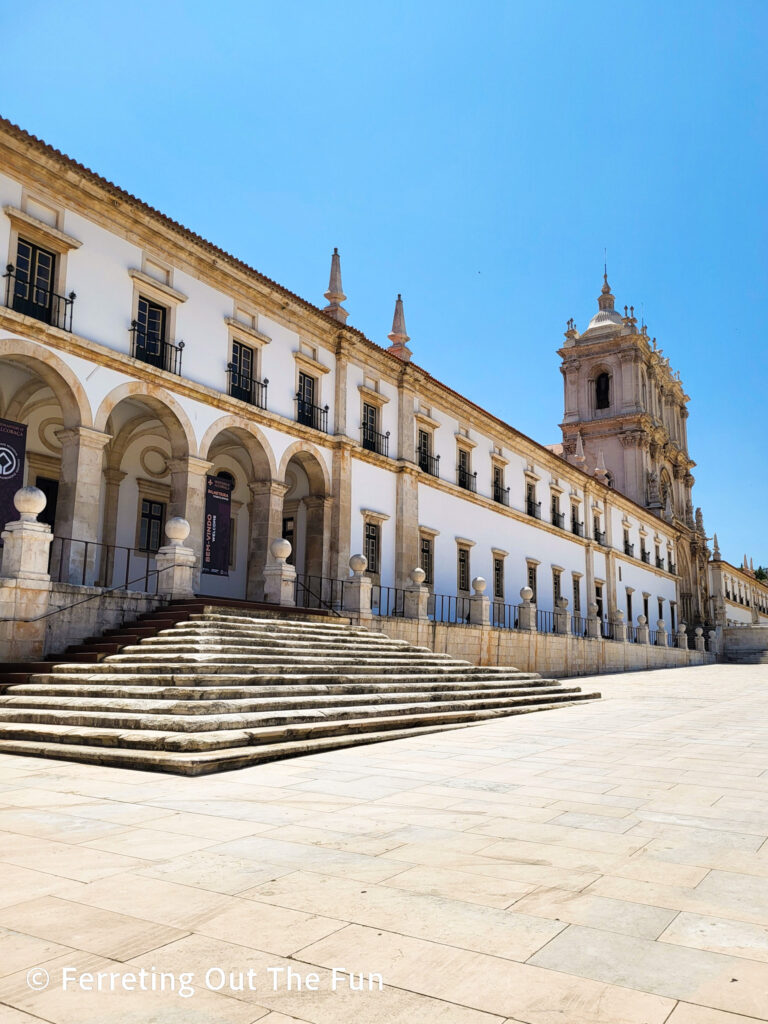
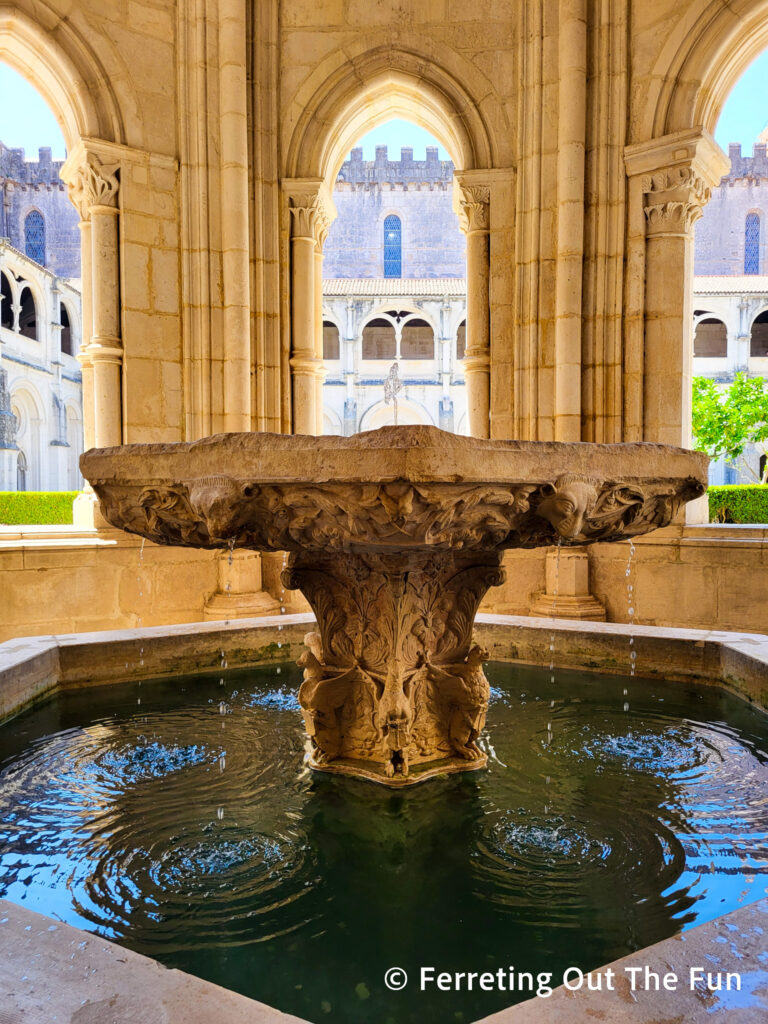
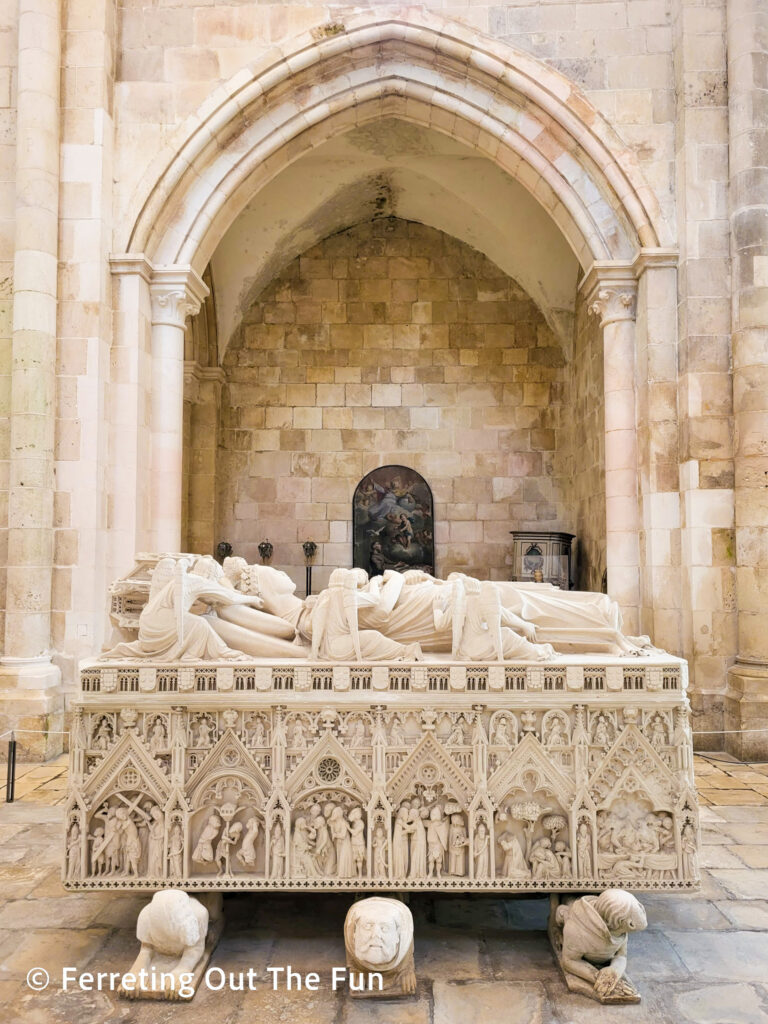
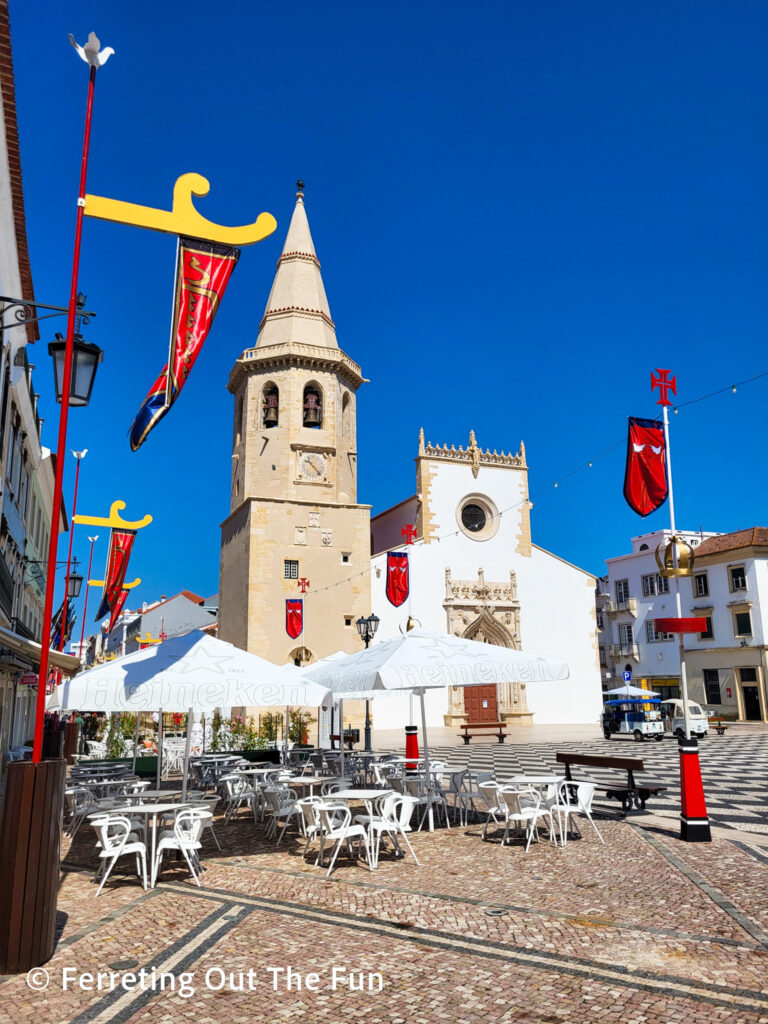

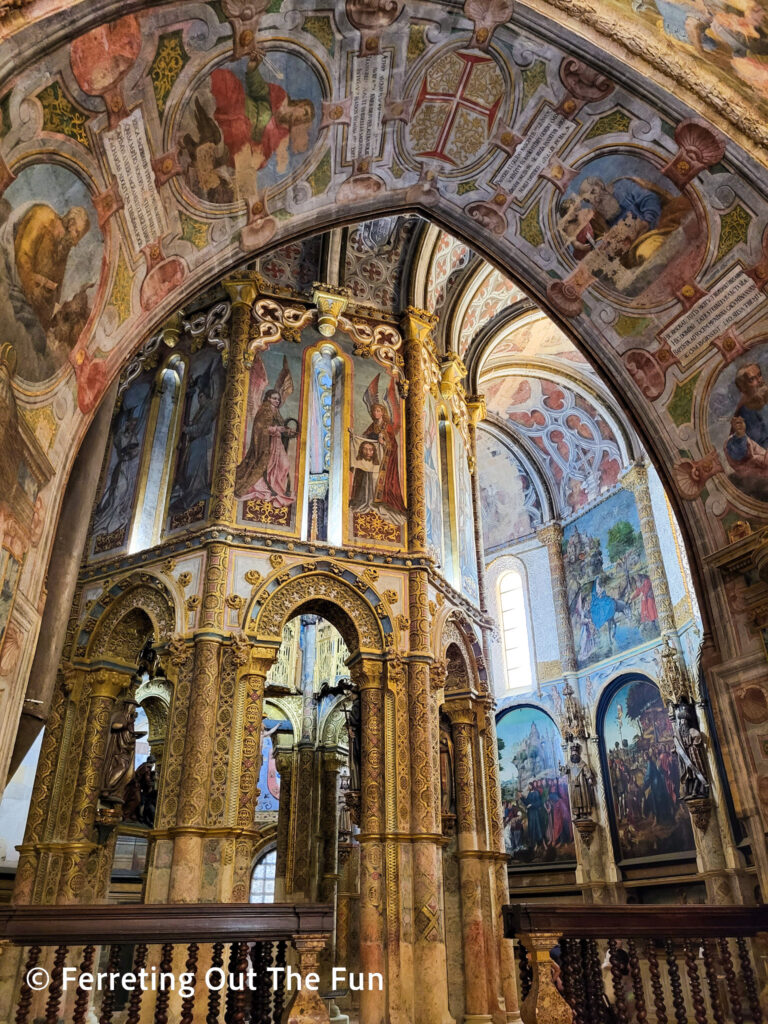
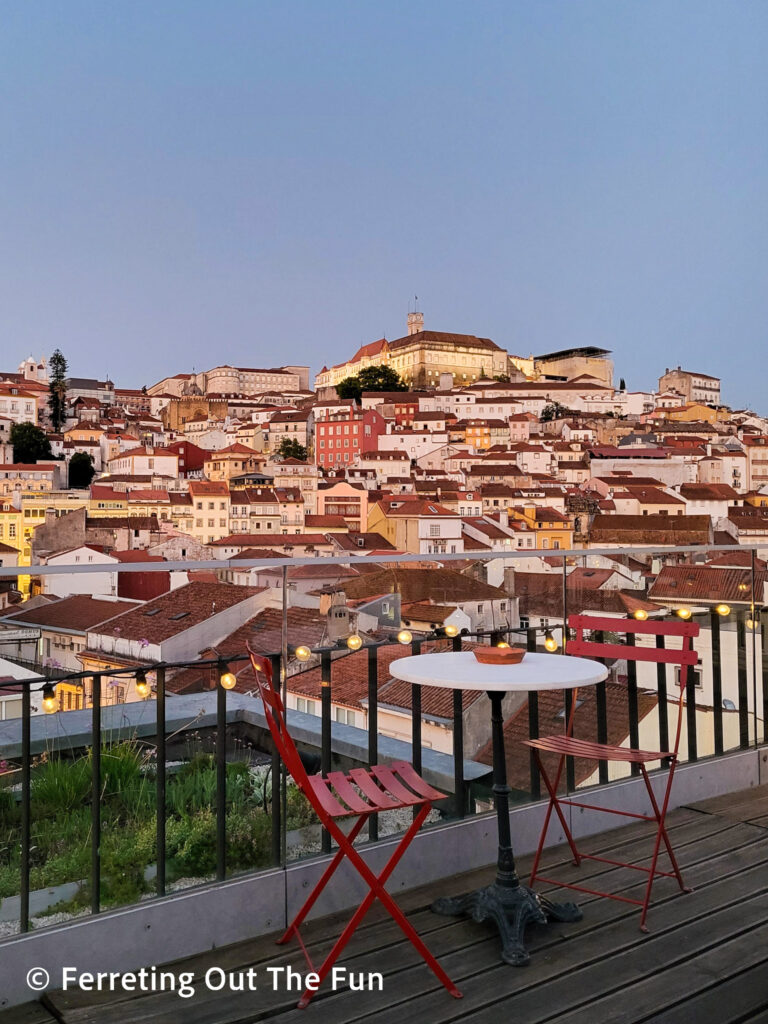
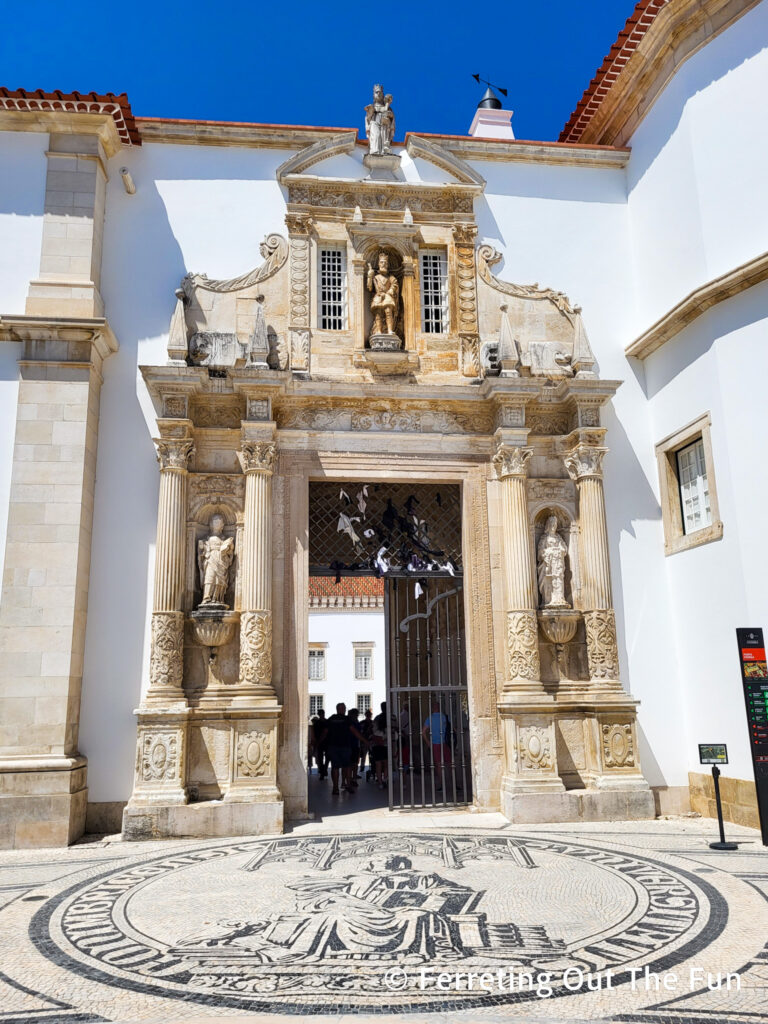
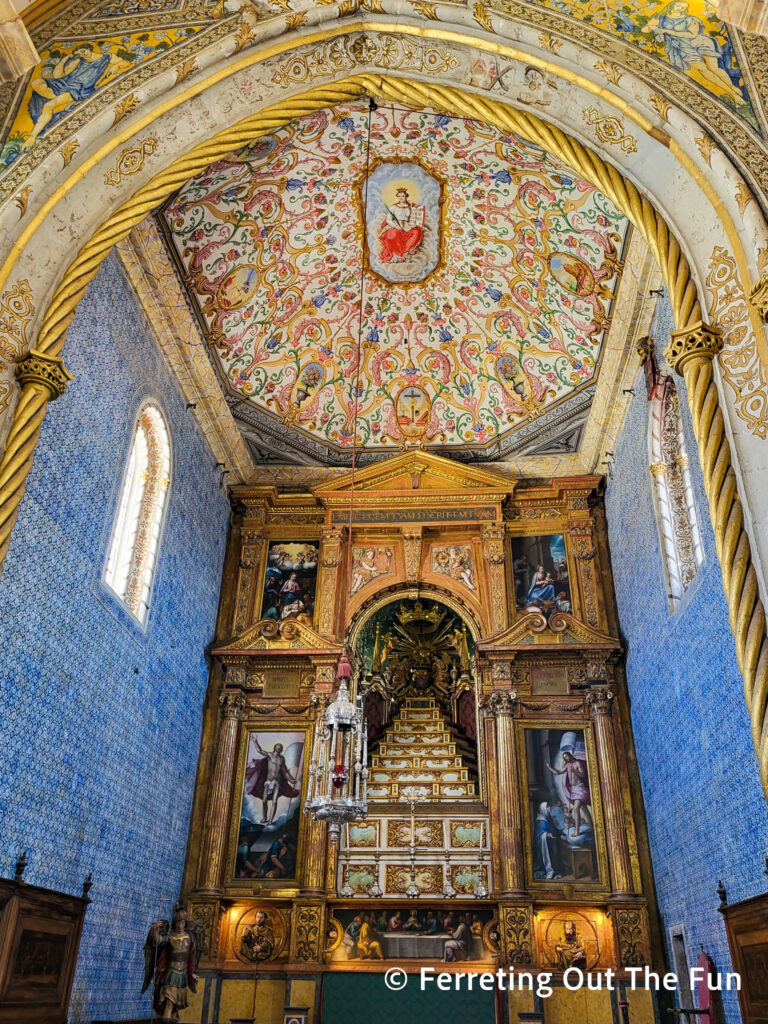
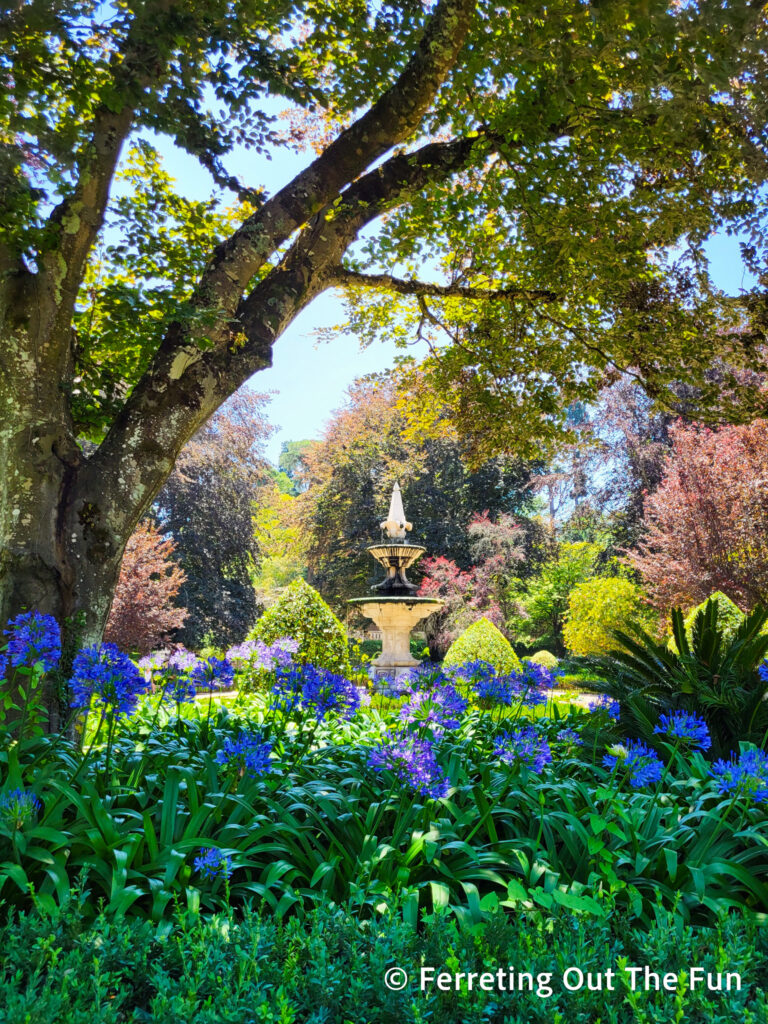
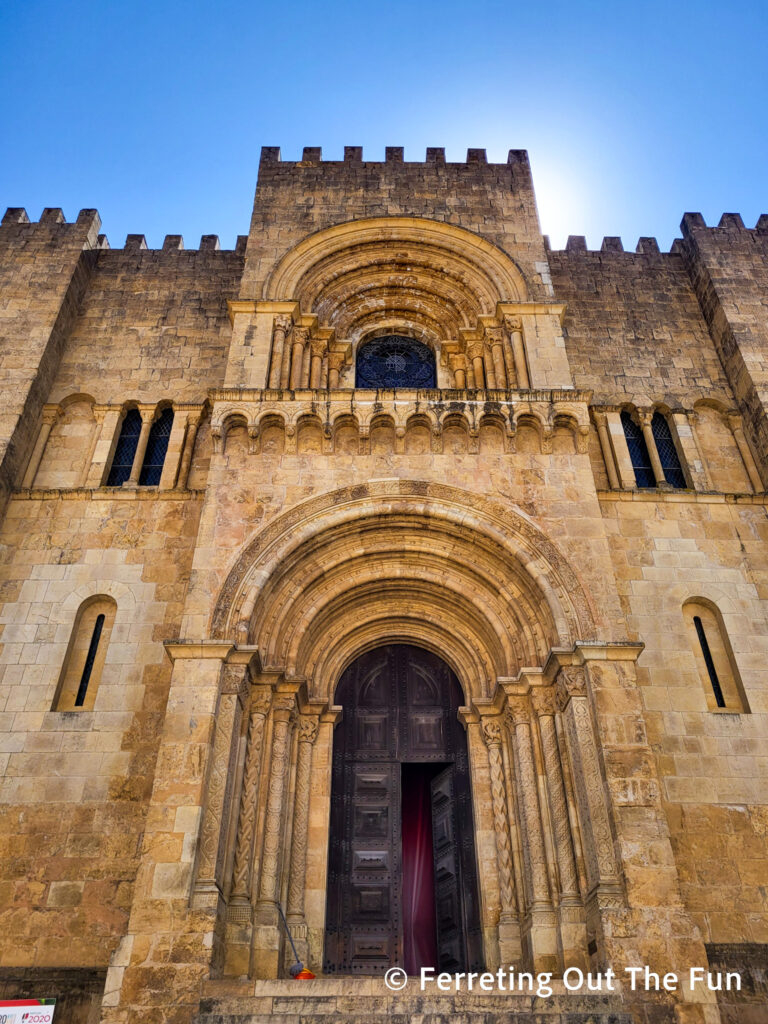
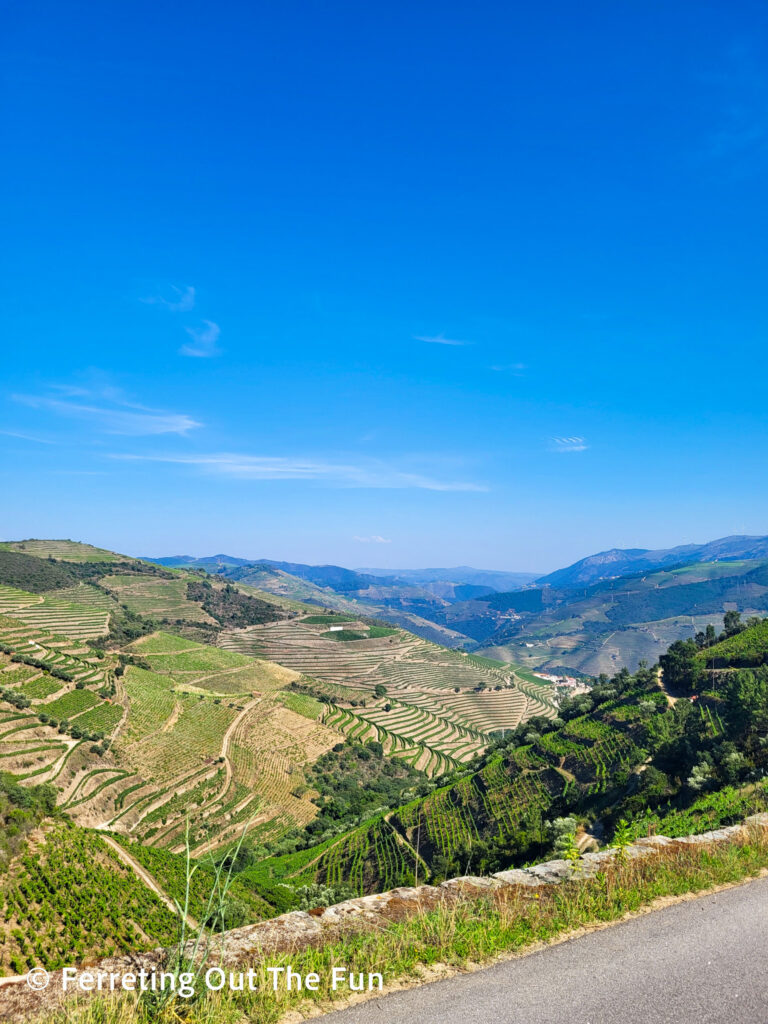
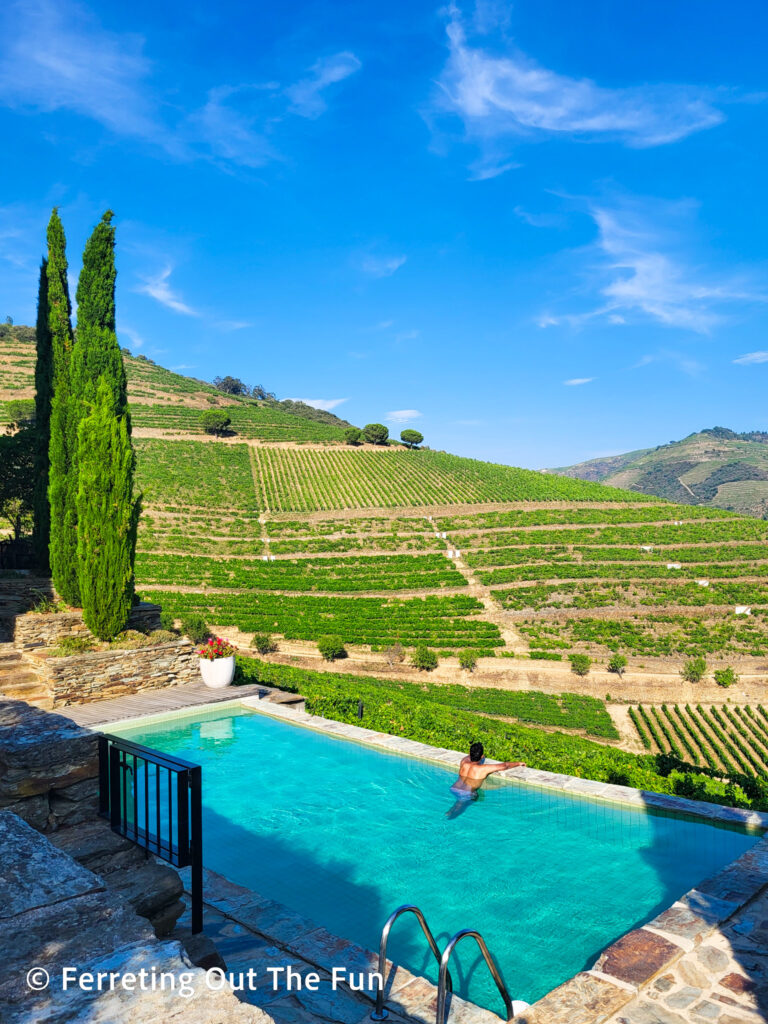
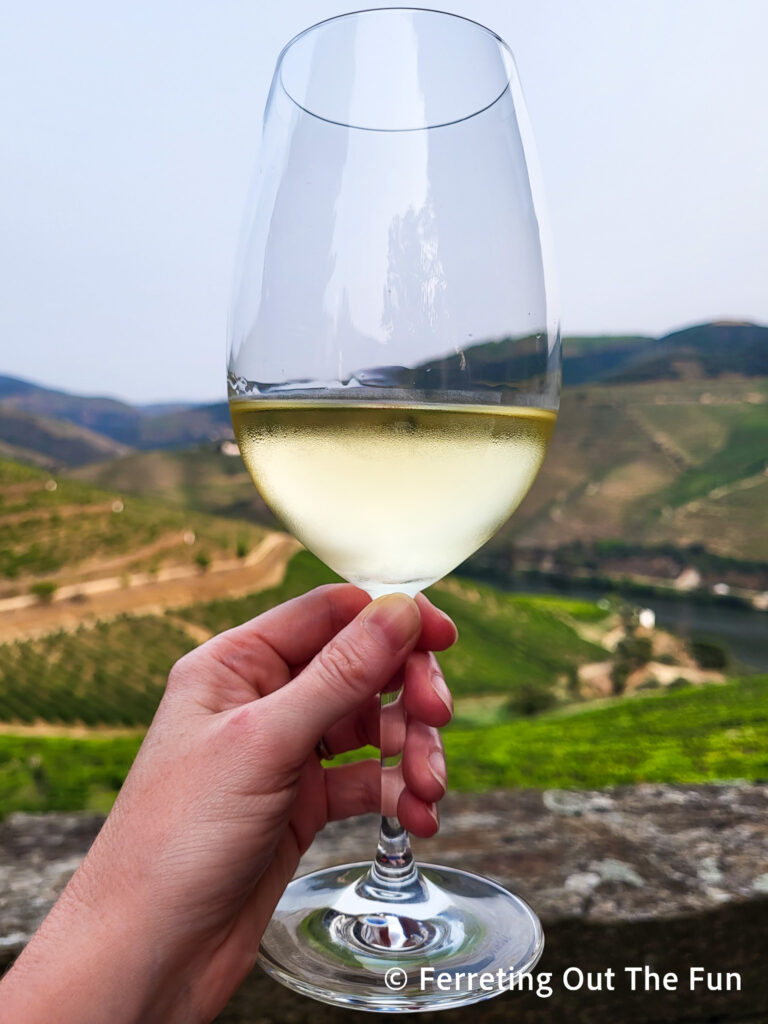
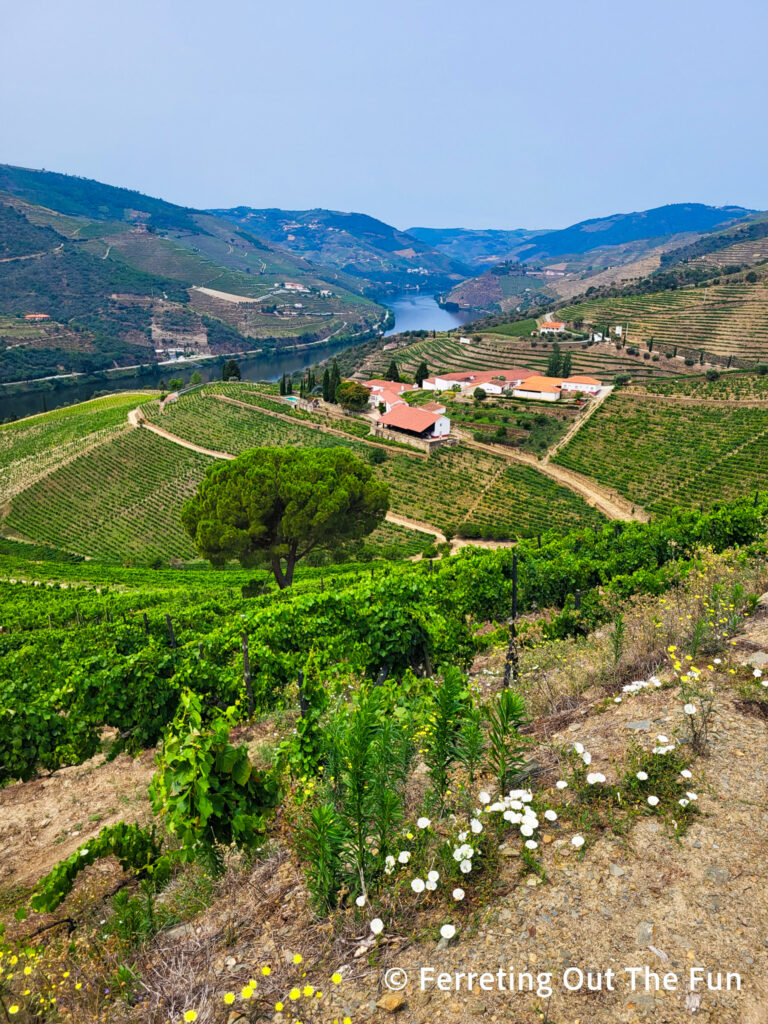
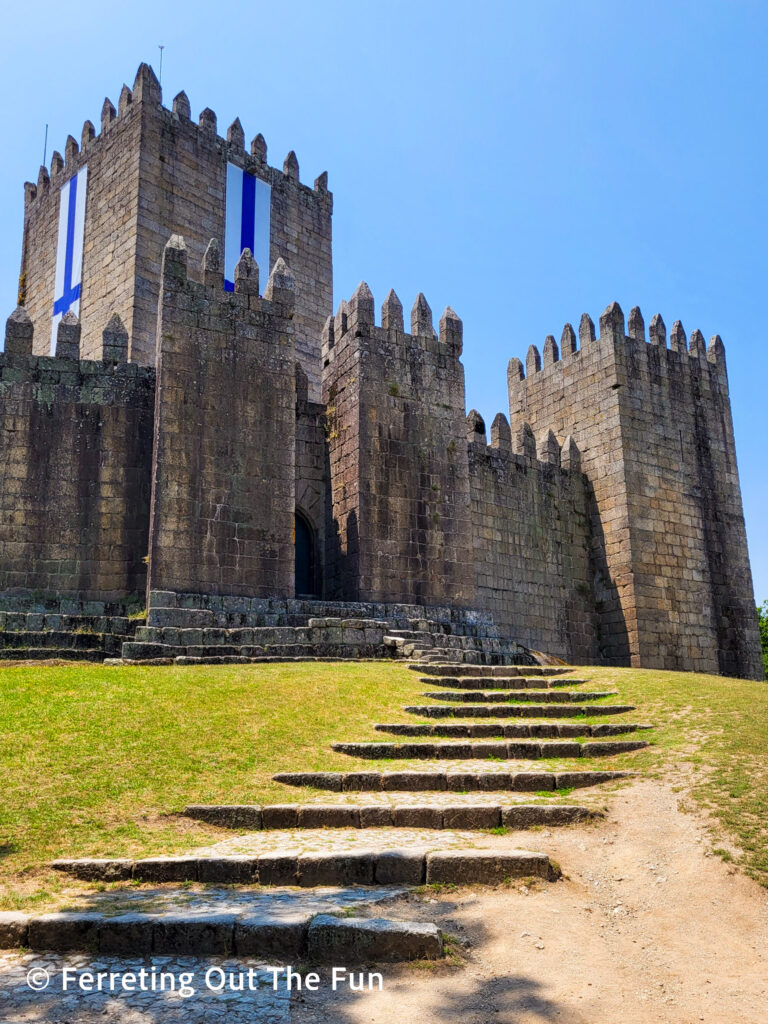
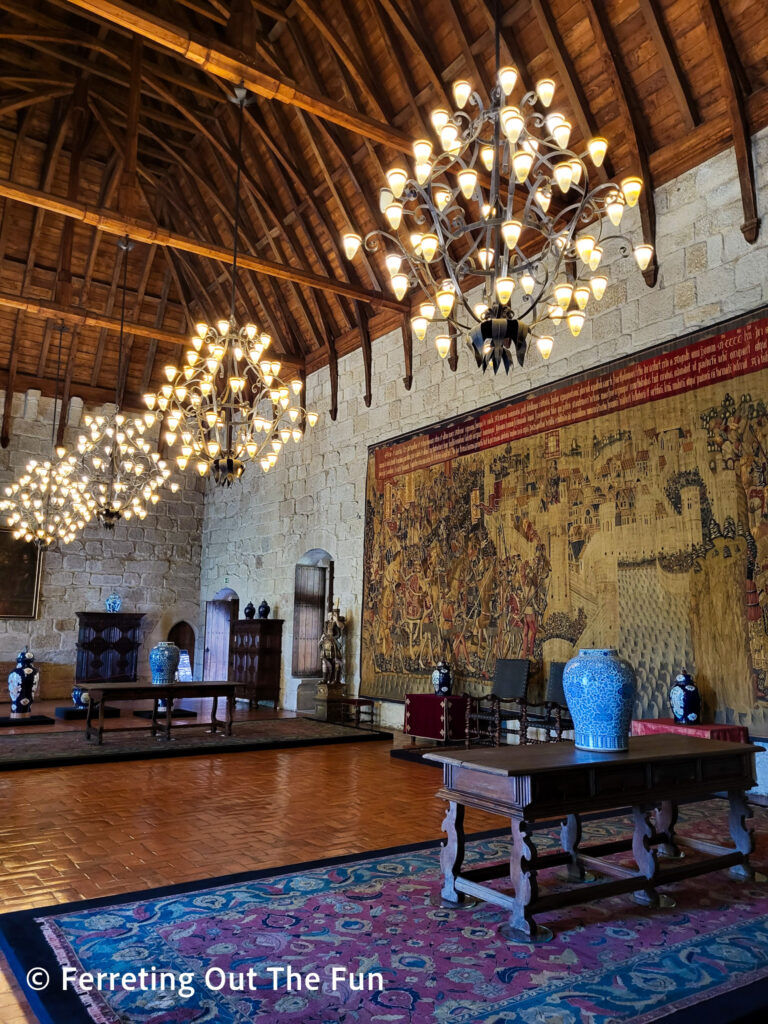
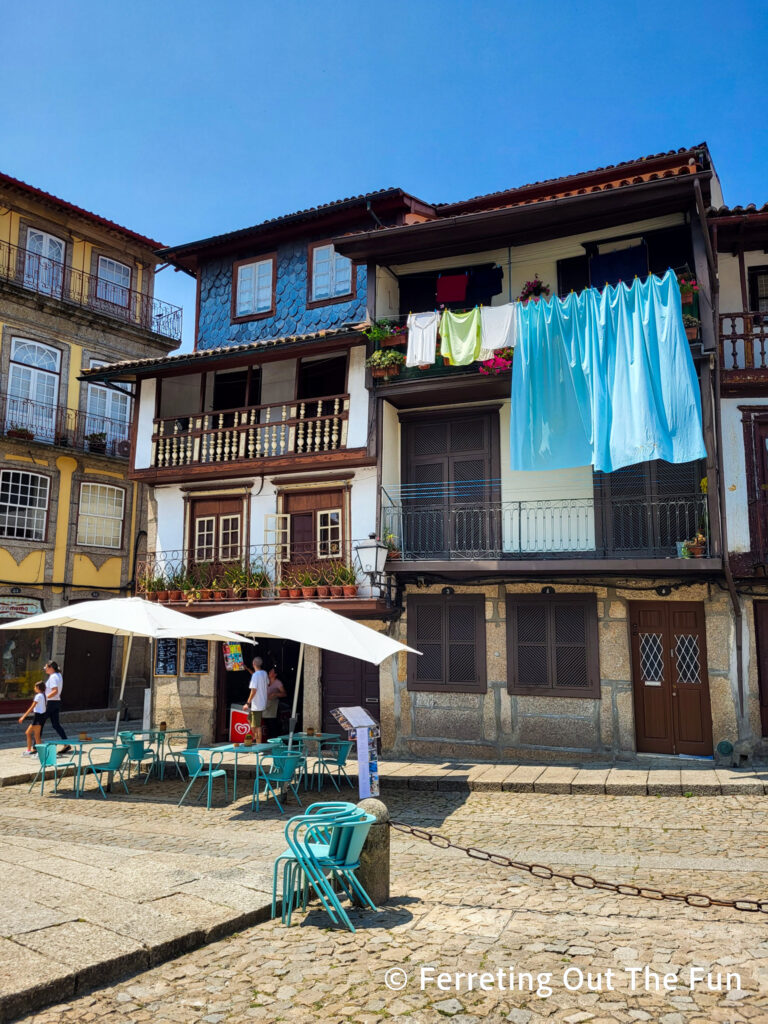
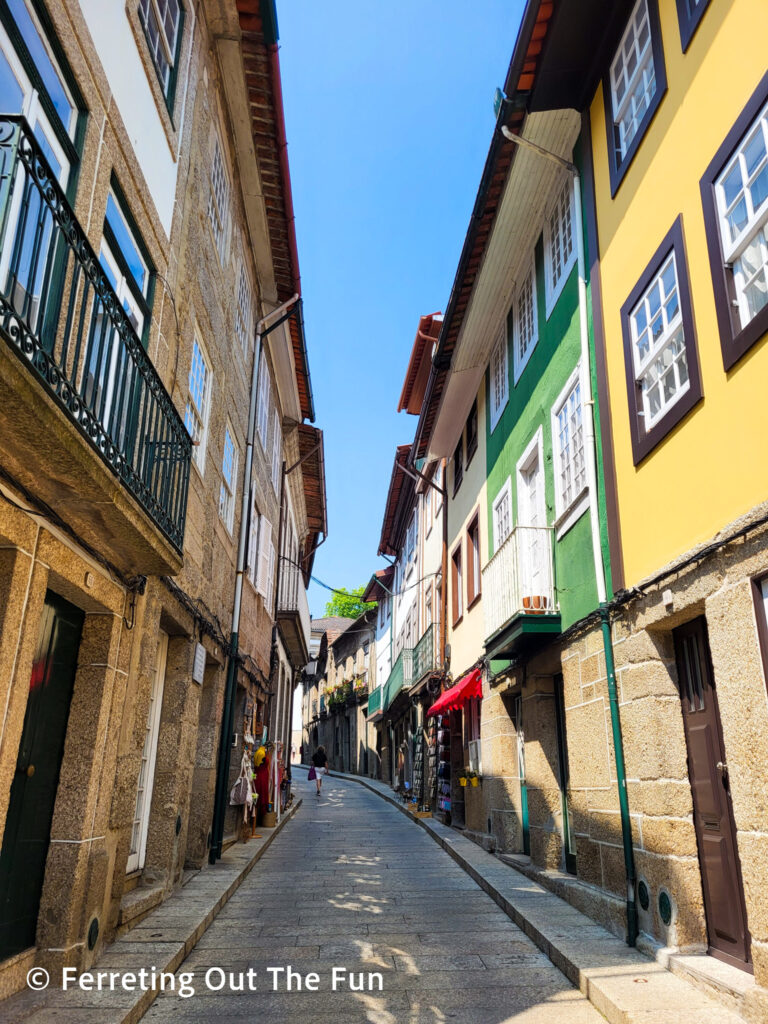
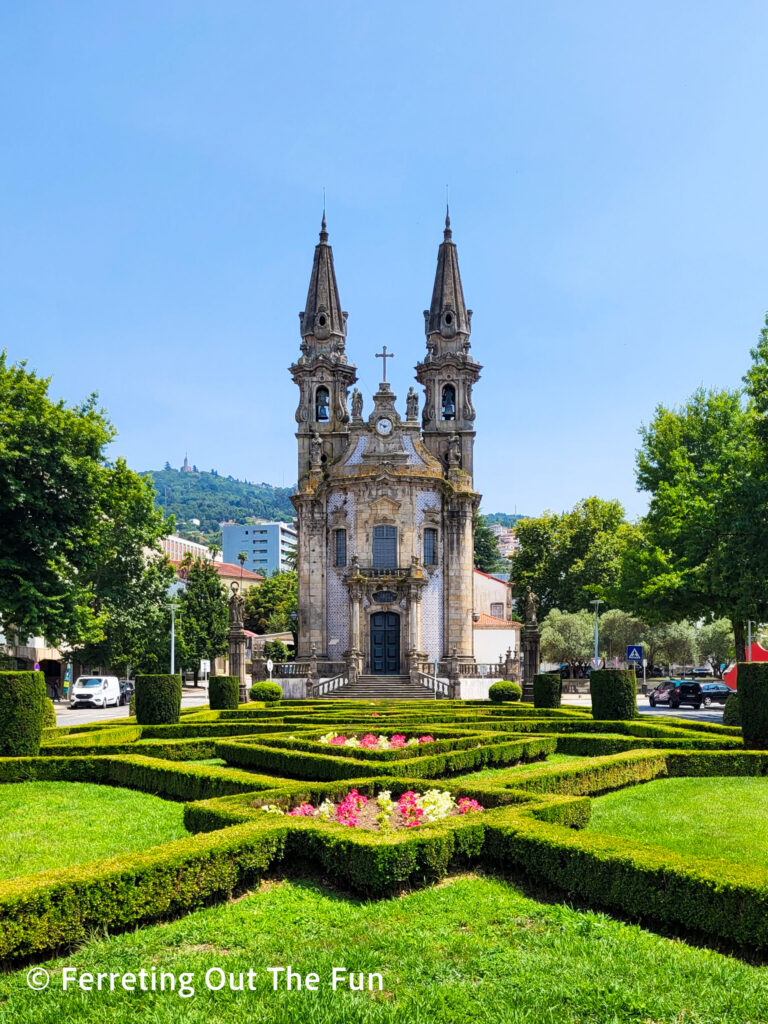
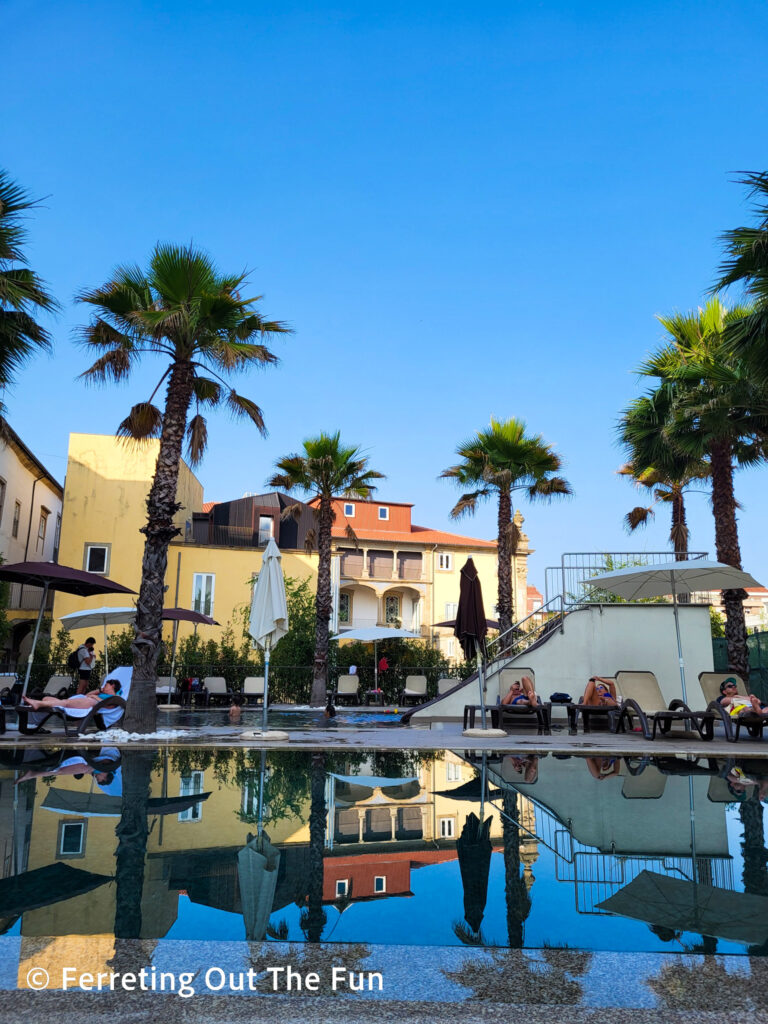
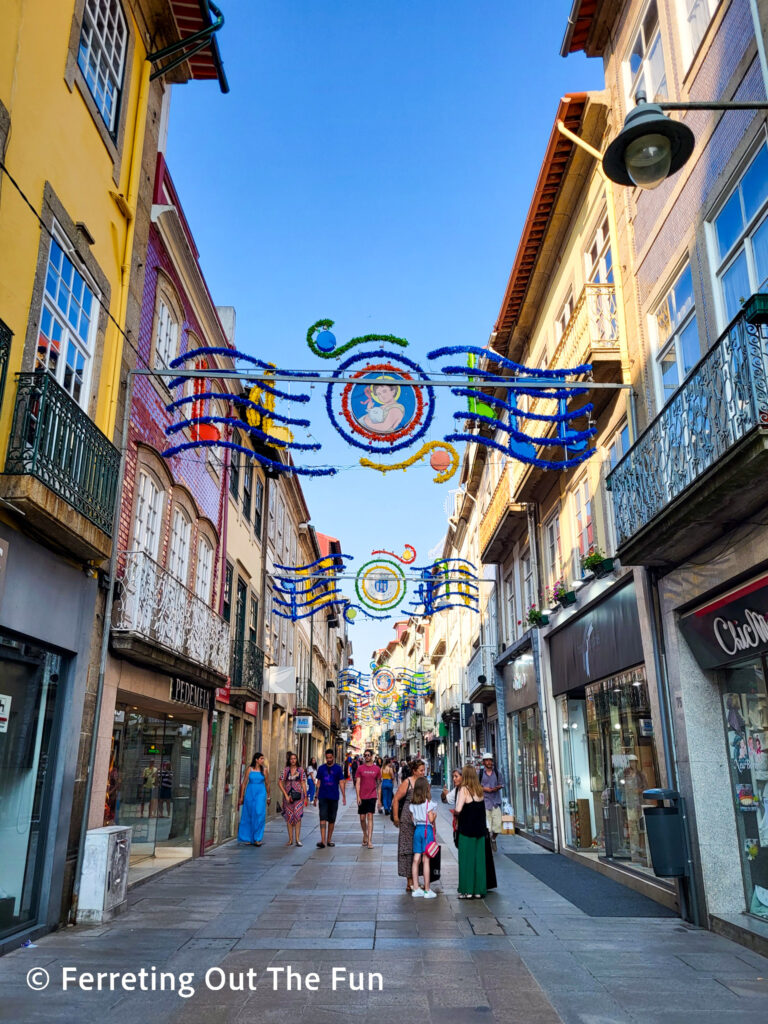
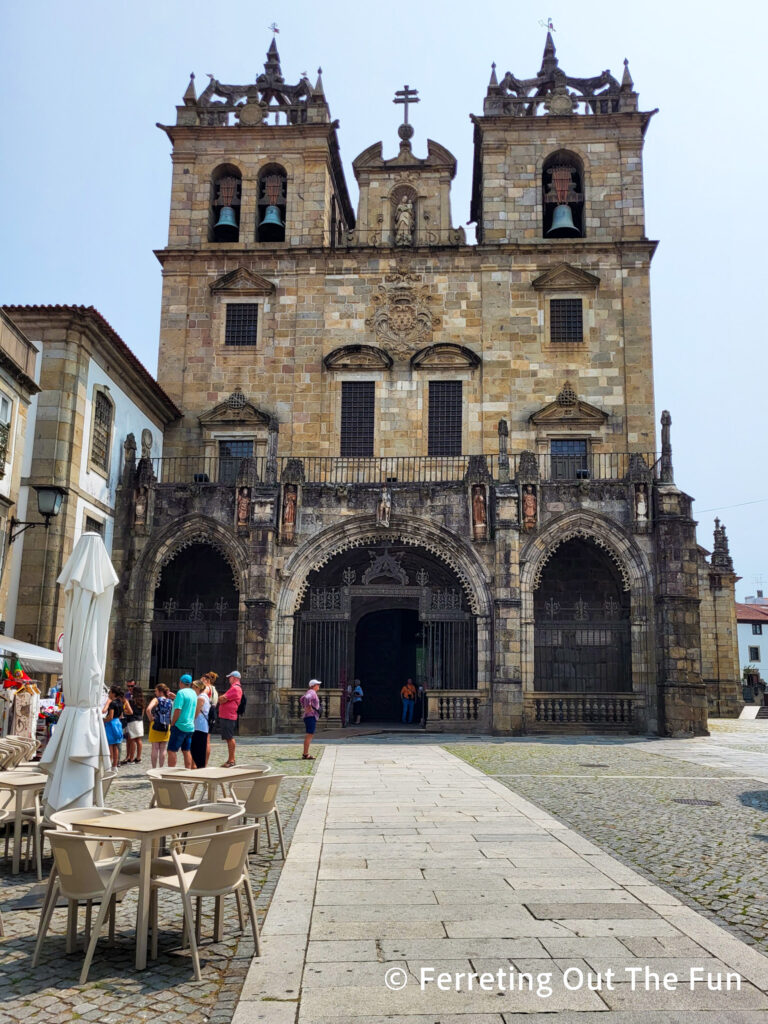
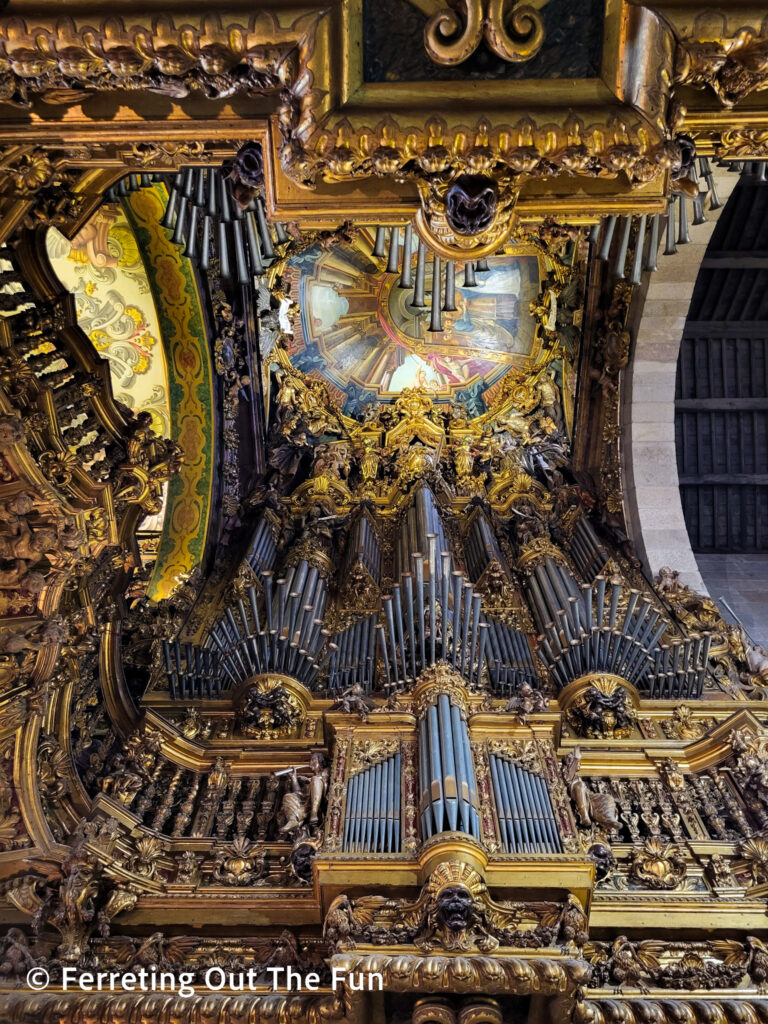
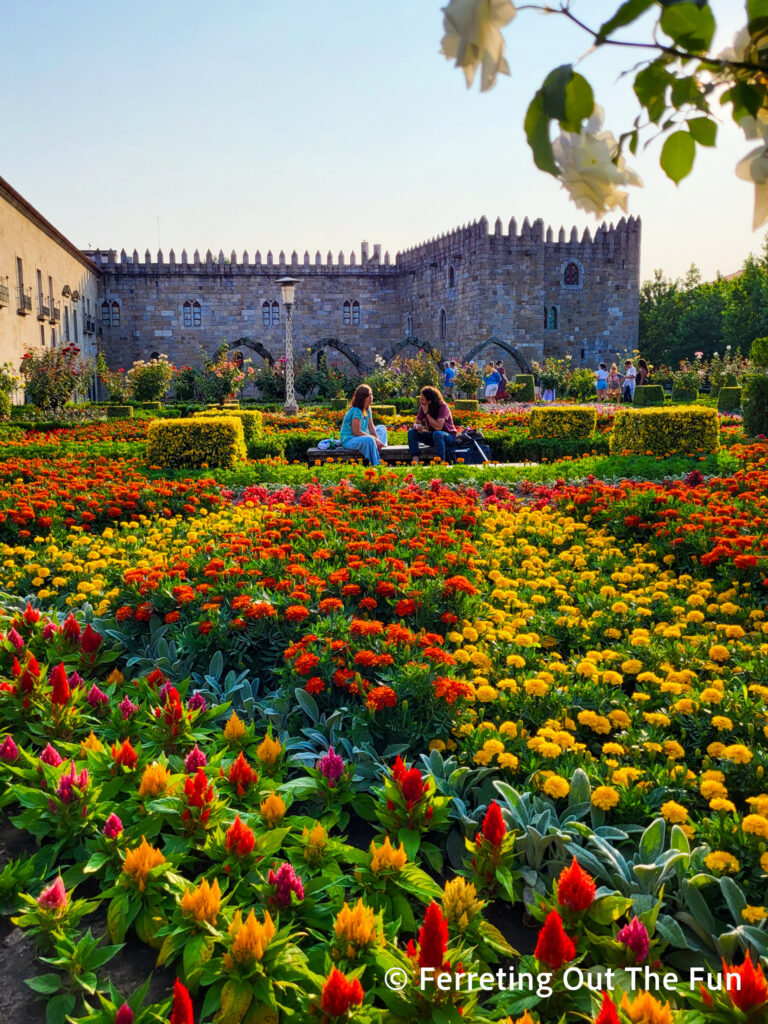
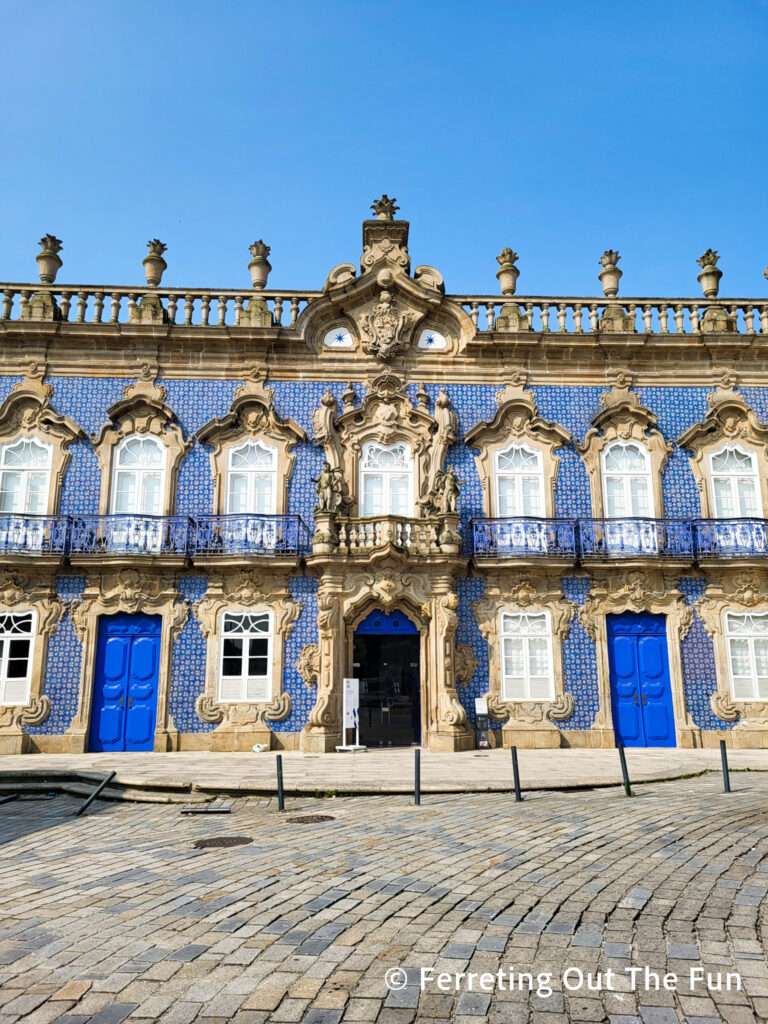
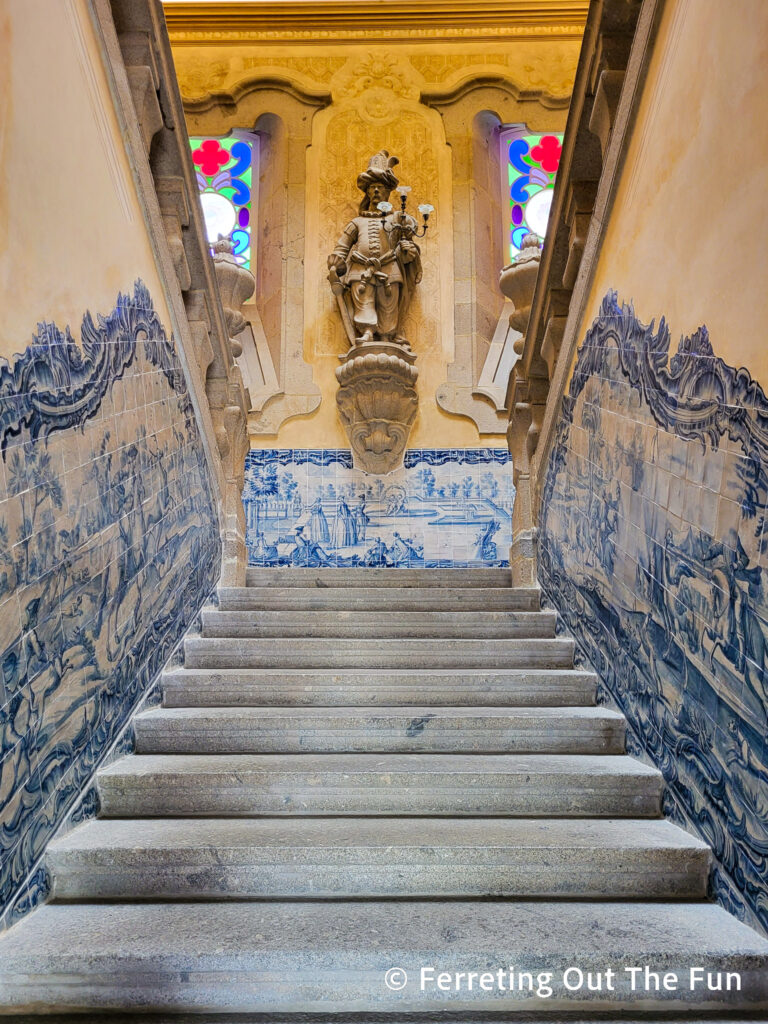
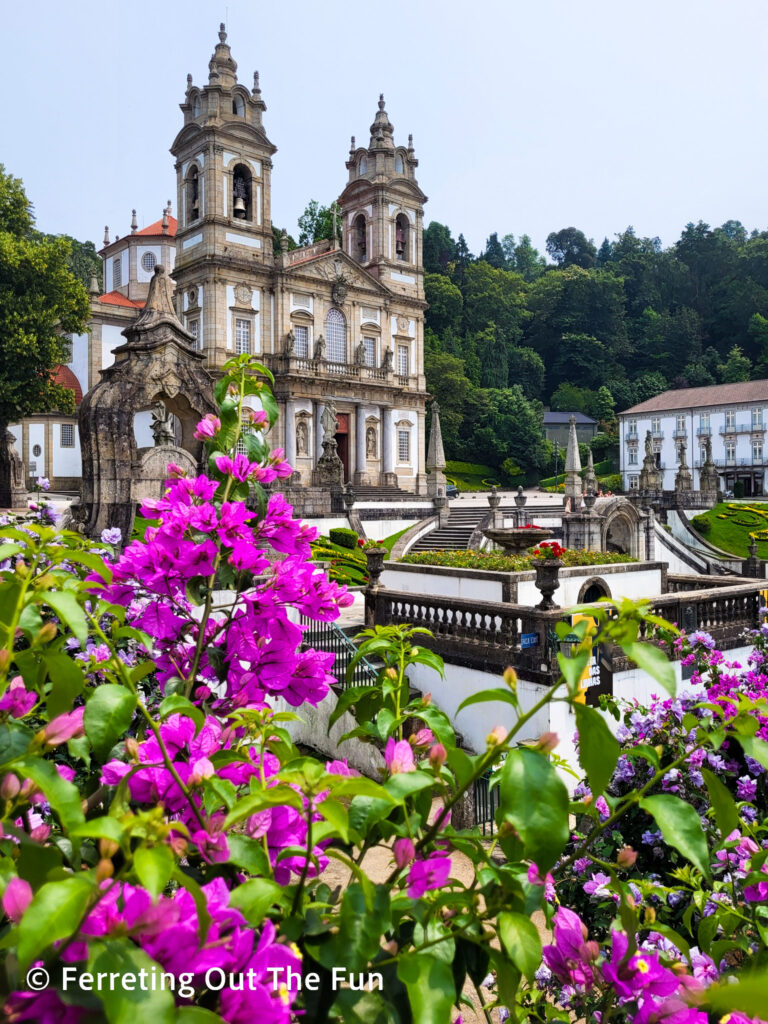
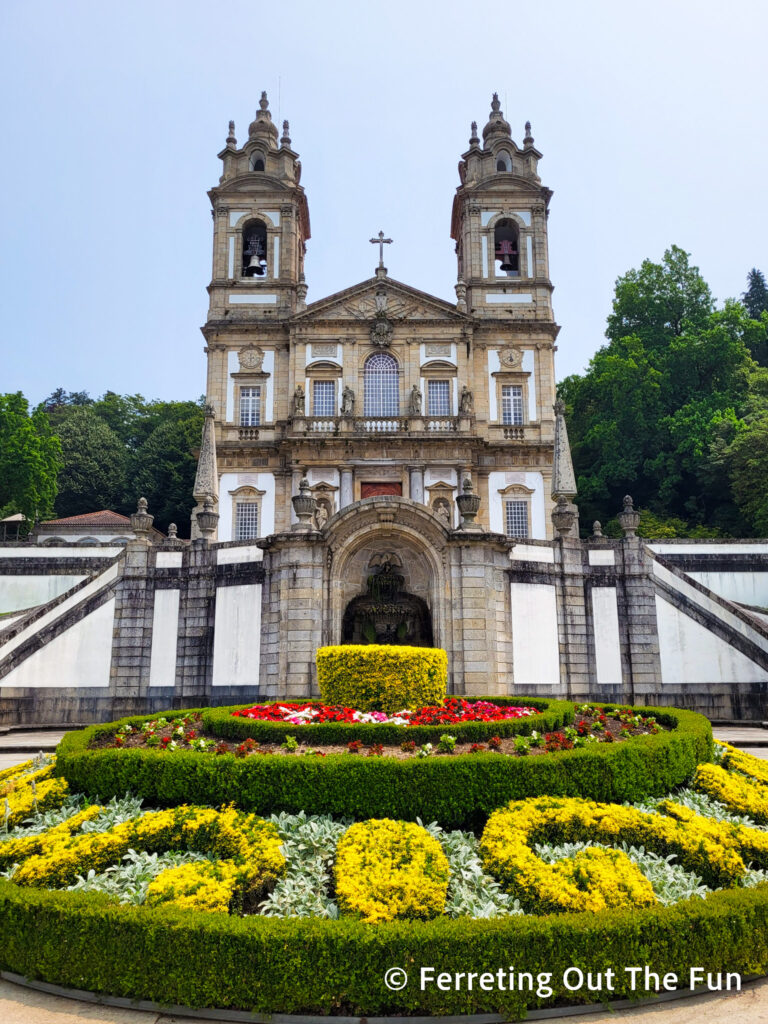
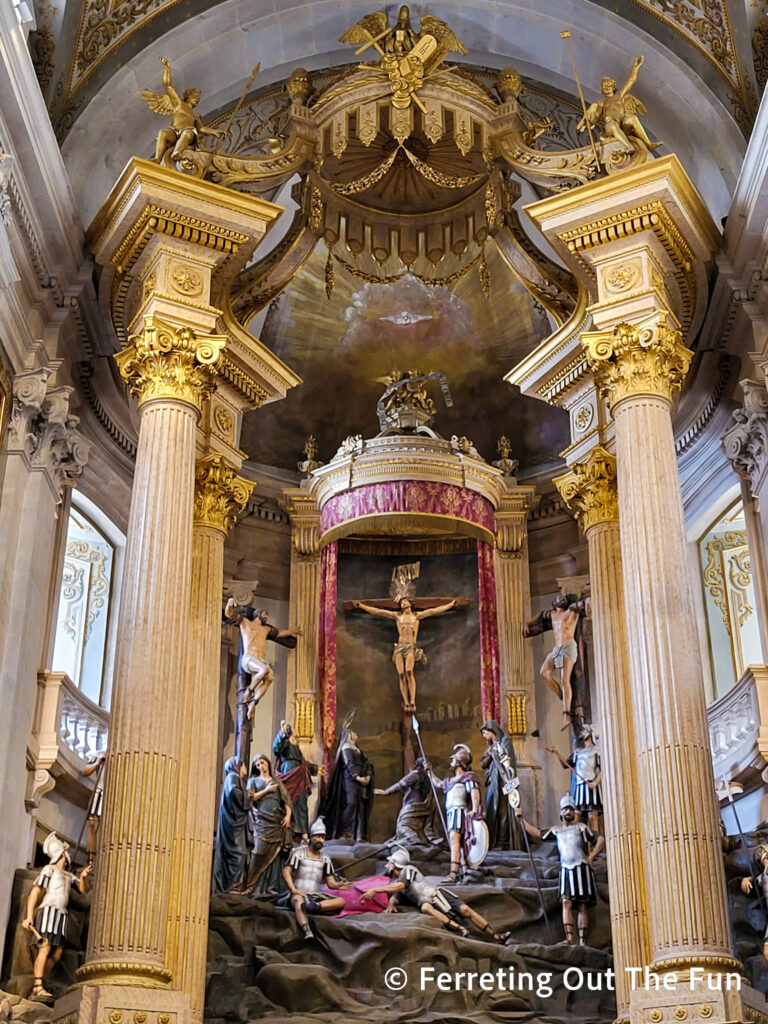
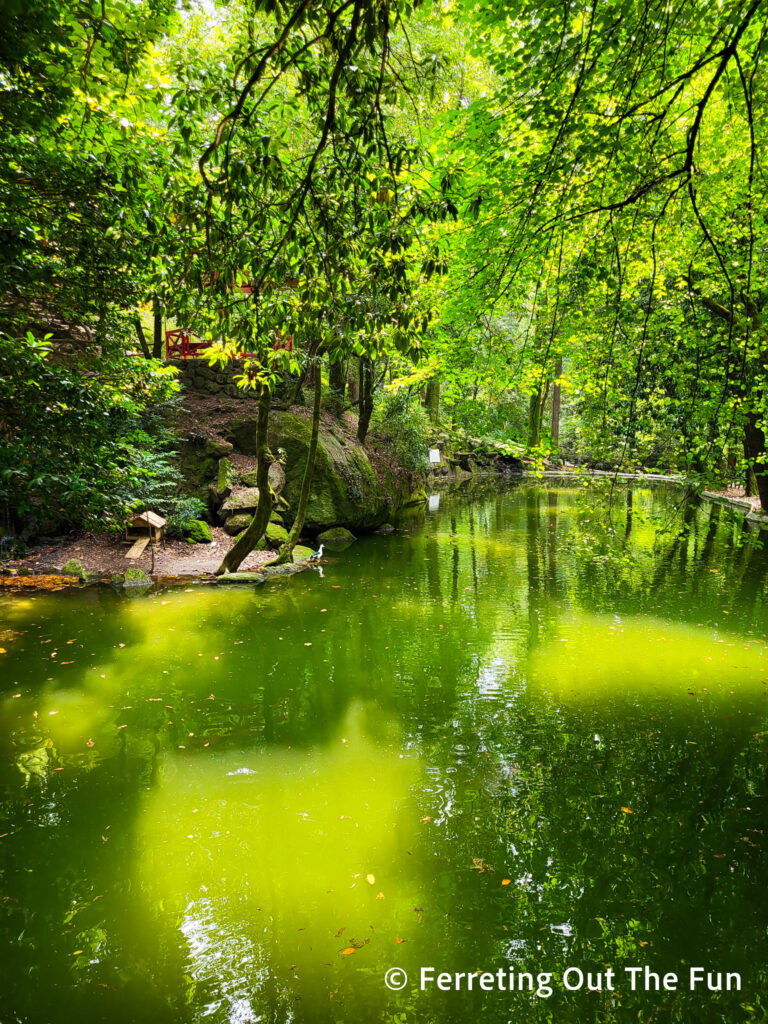
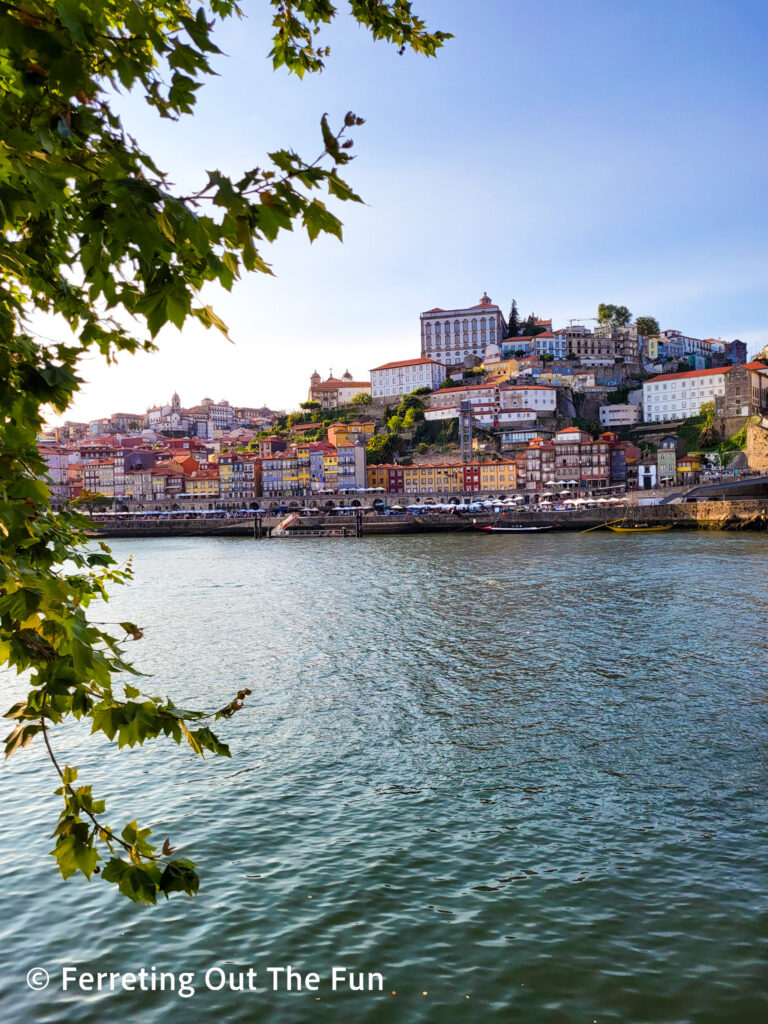
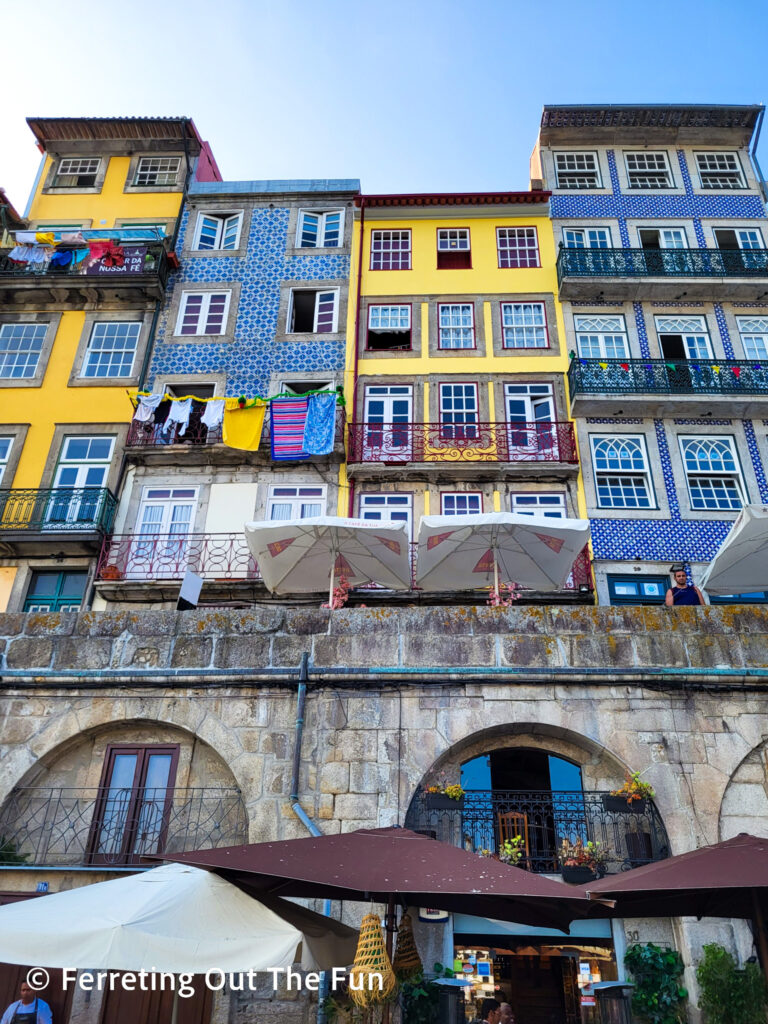
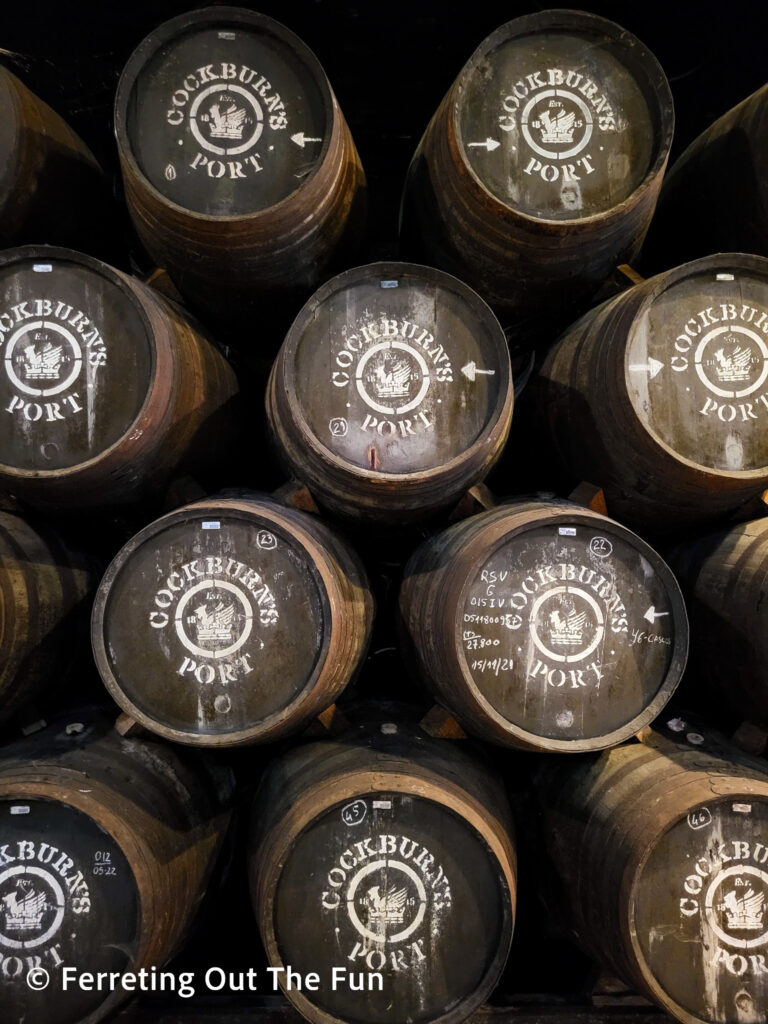
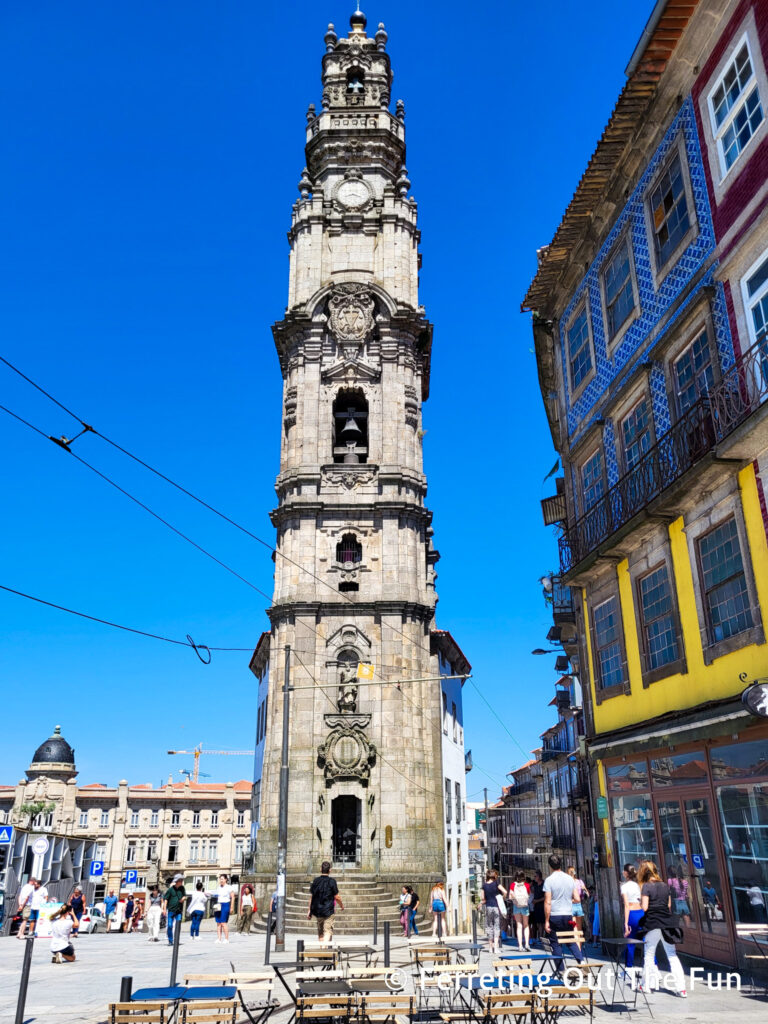
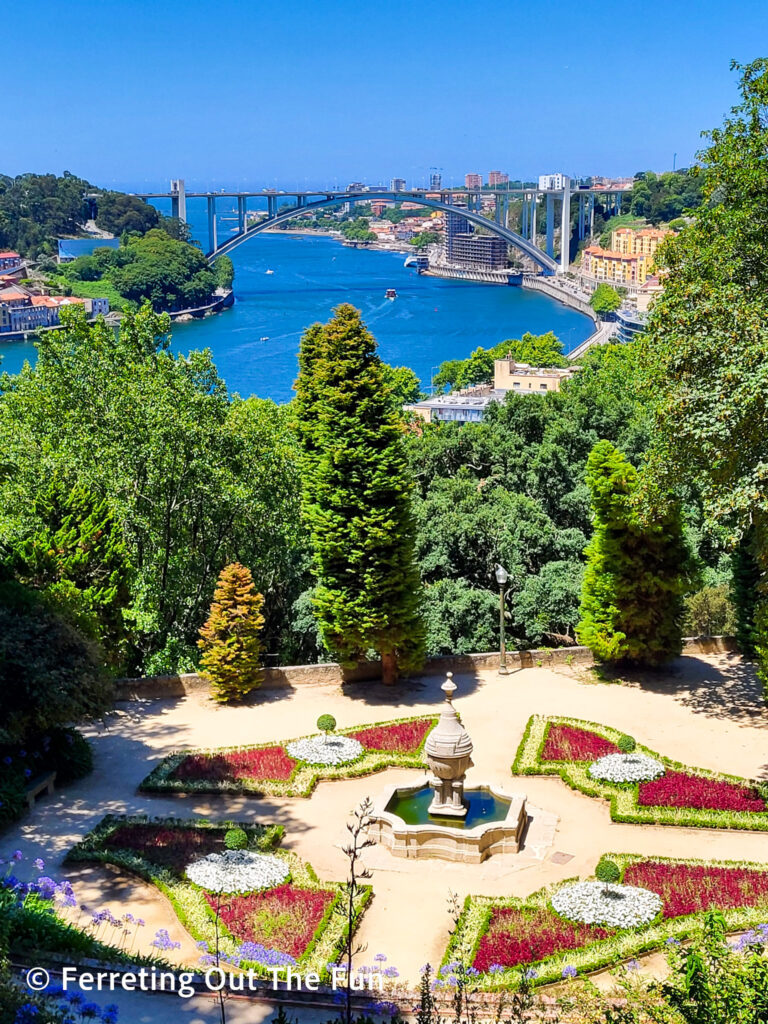
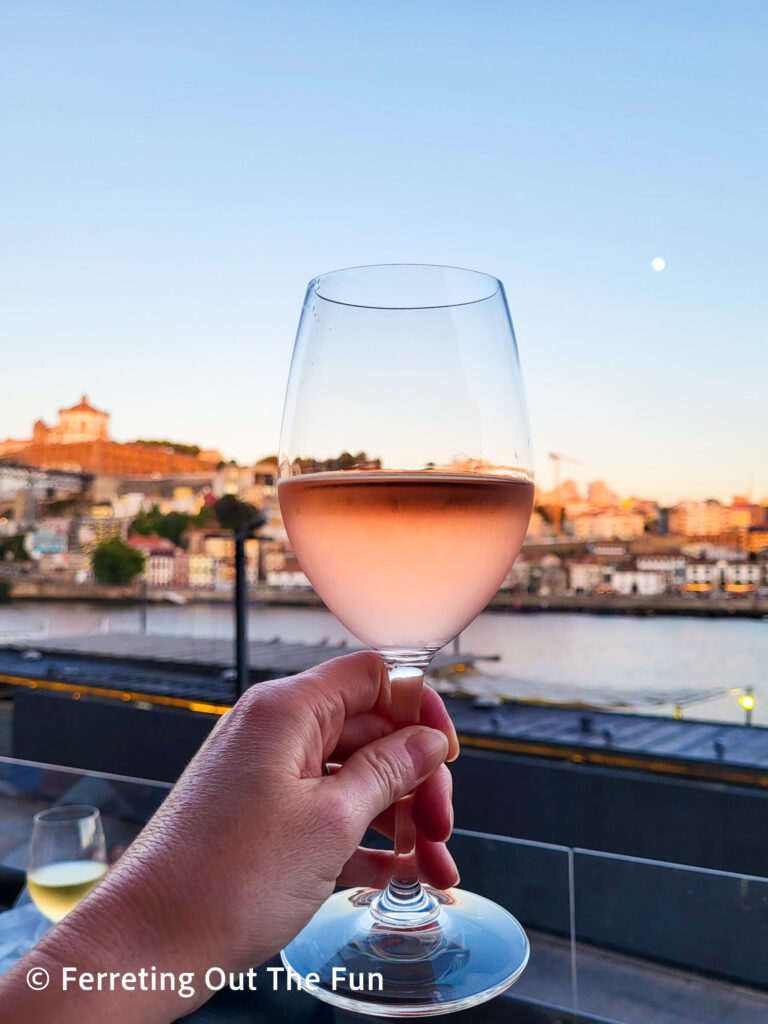
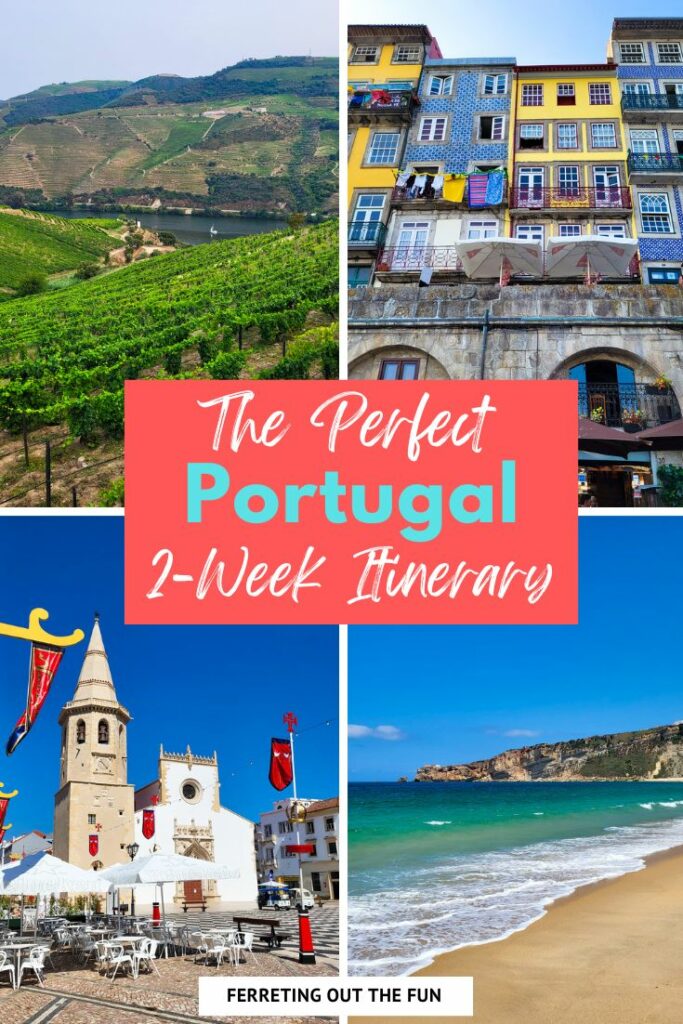
Wonderful report, and photography always a pleasure to explore.
Thanks so much! I appreciate your kind words.
Inviting commentary and the added photographs makes for an easy and accessible read . Very tempted now to use this itinerary for Portugal .
OMG what a great article and detailed itinerary – would I be cheating if I copied this day by day? Thank you for the inspiration, and wonderful photos.